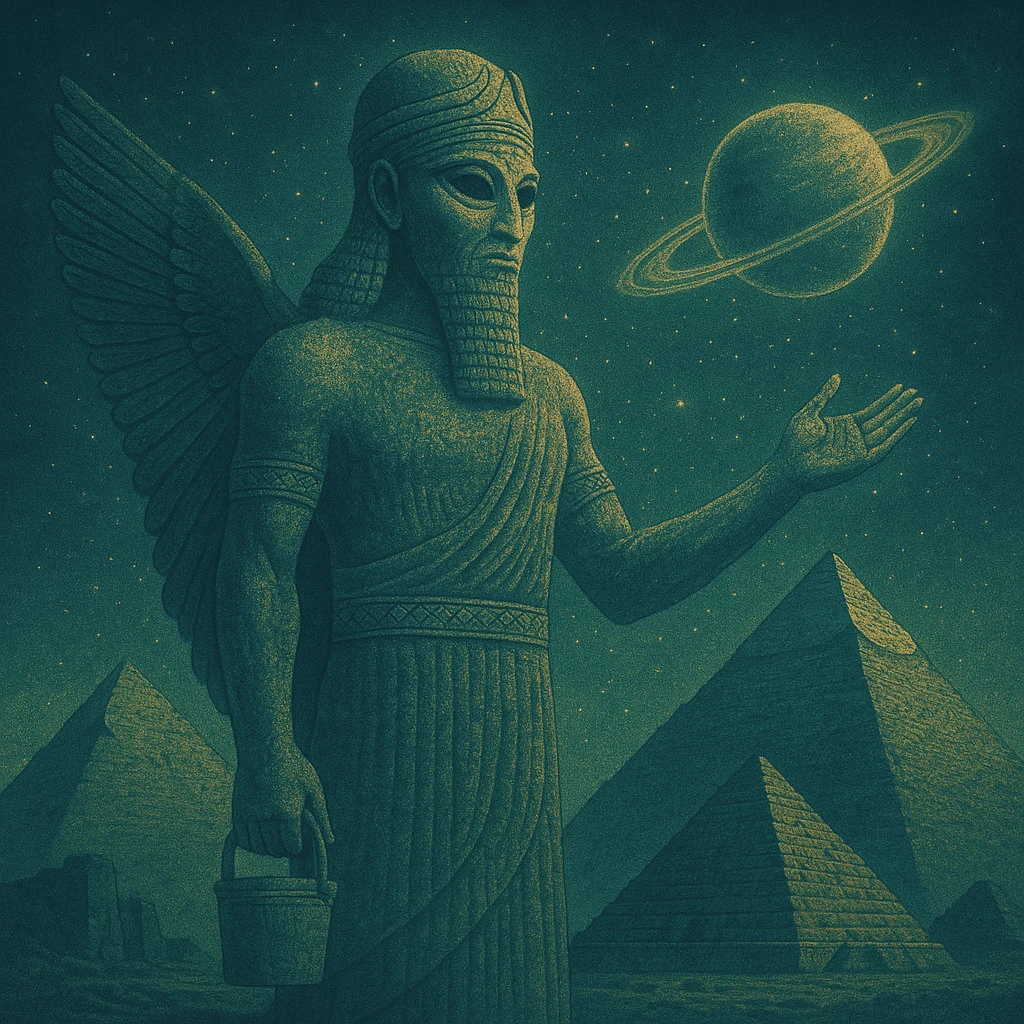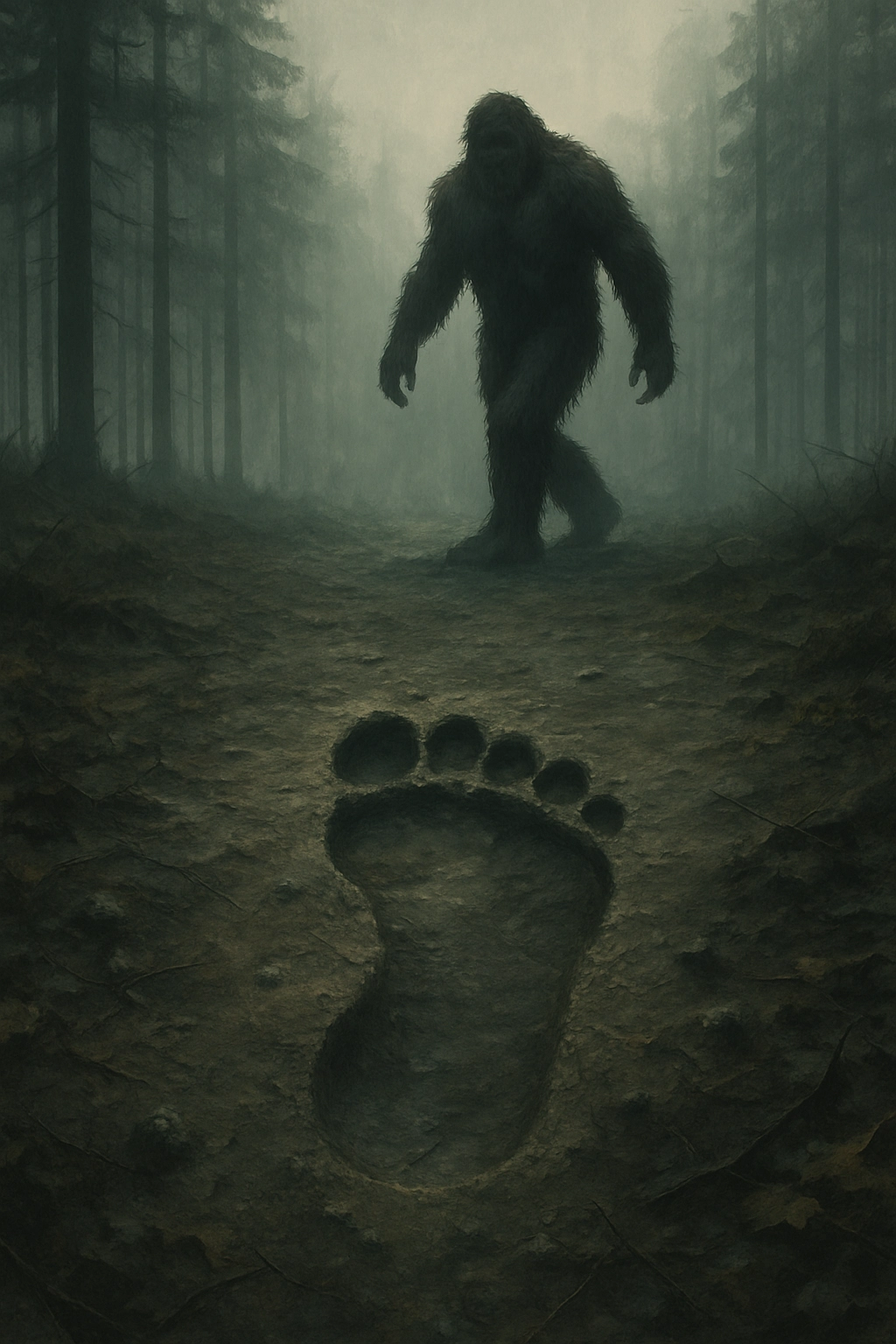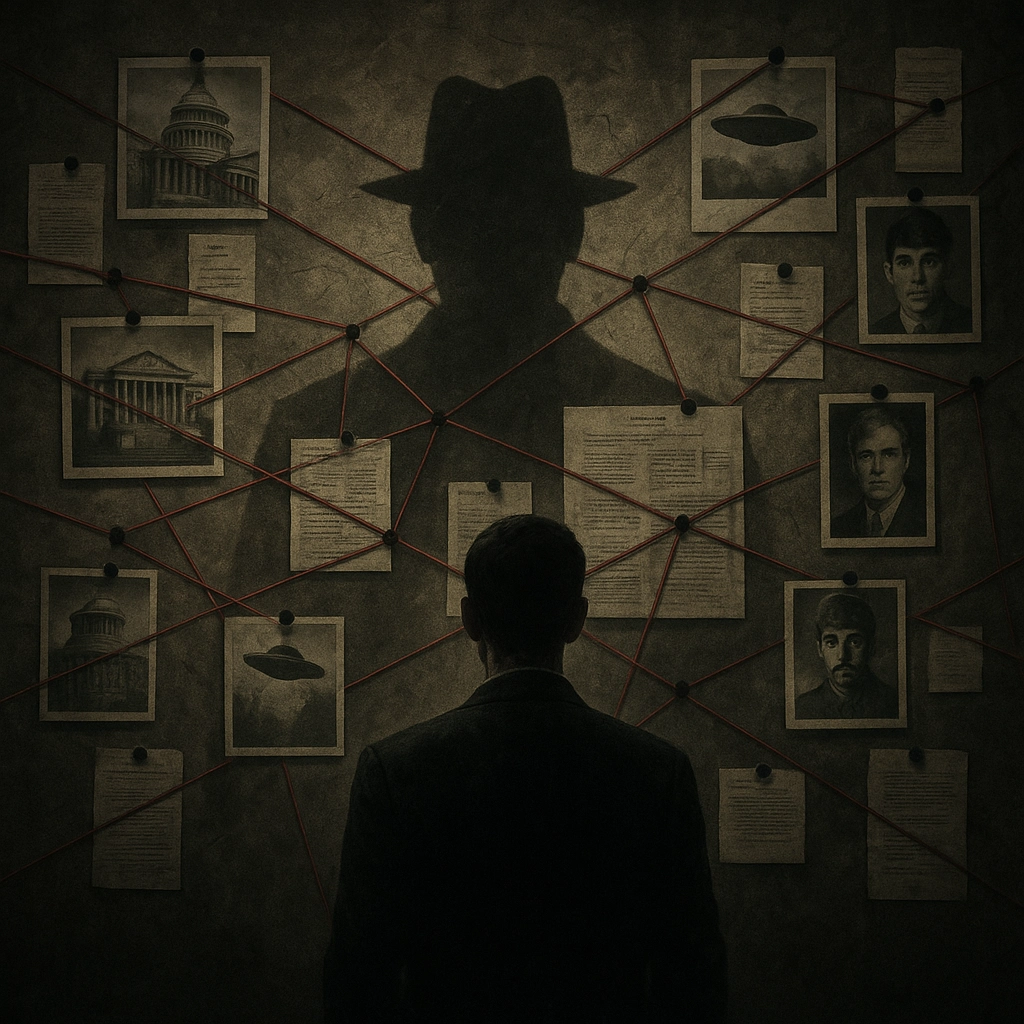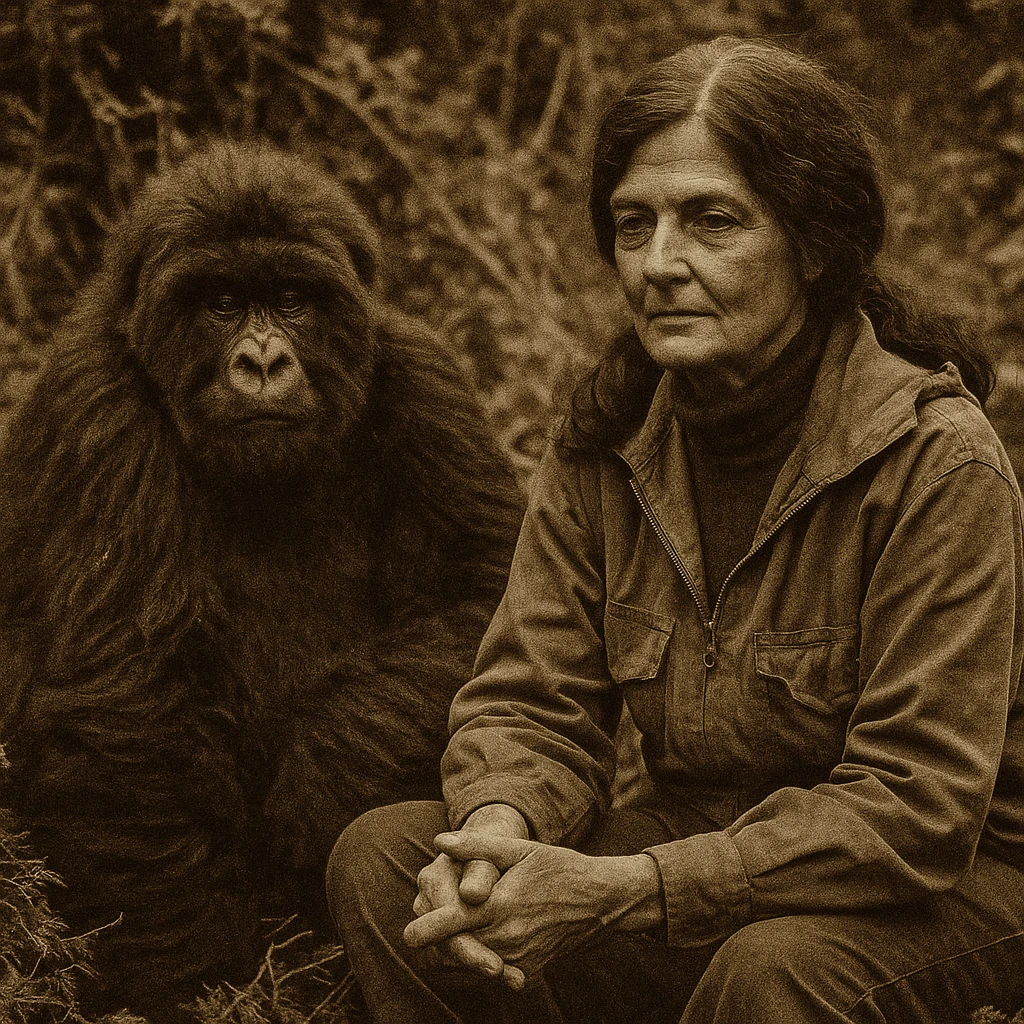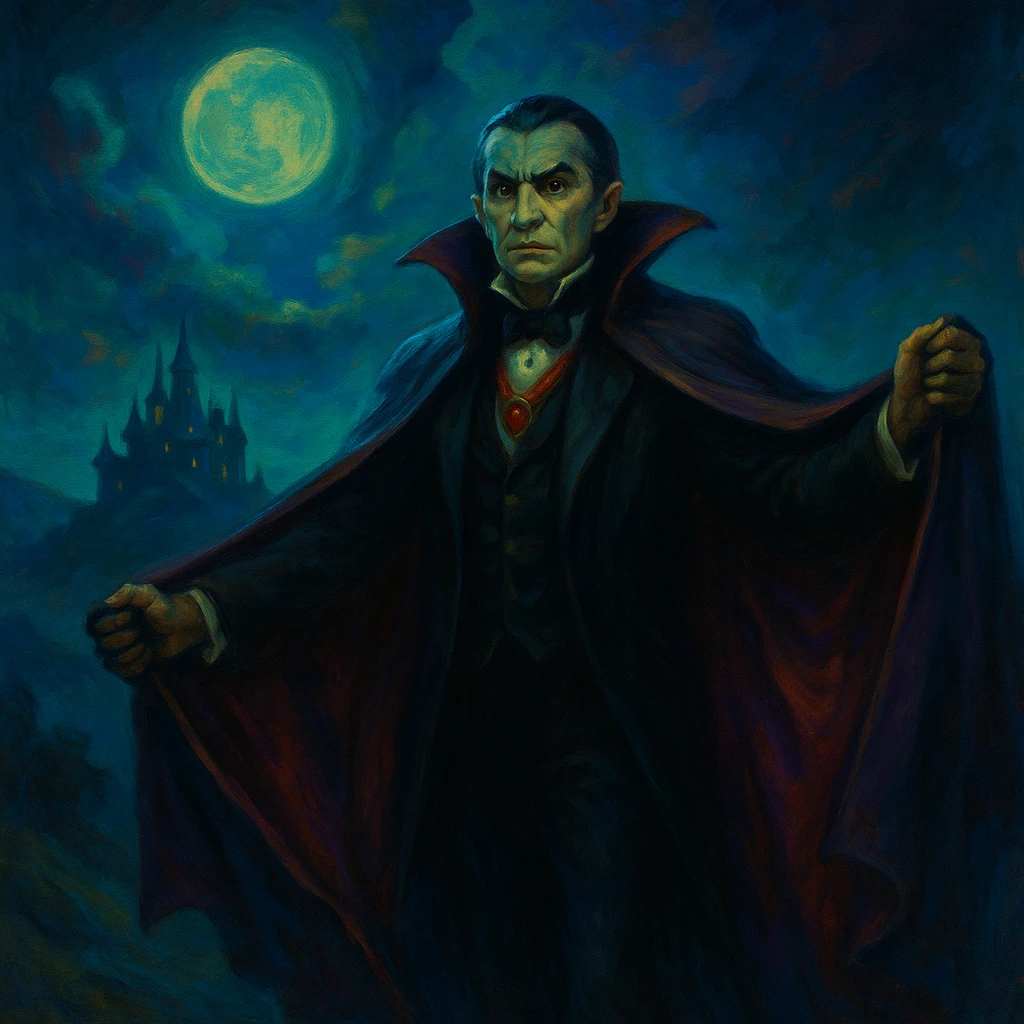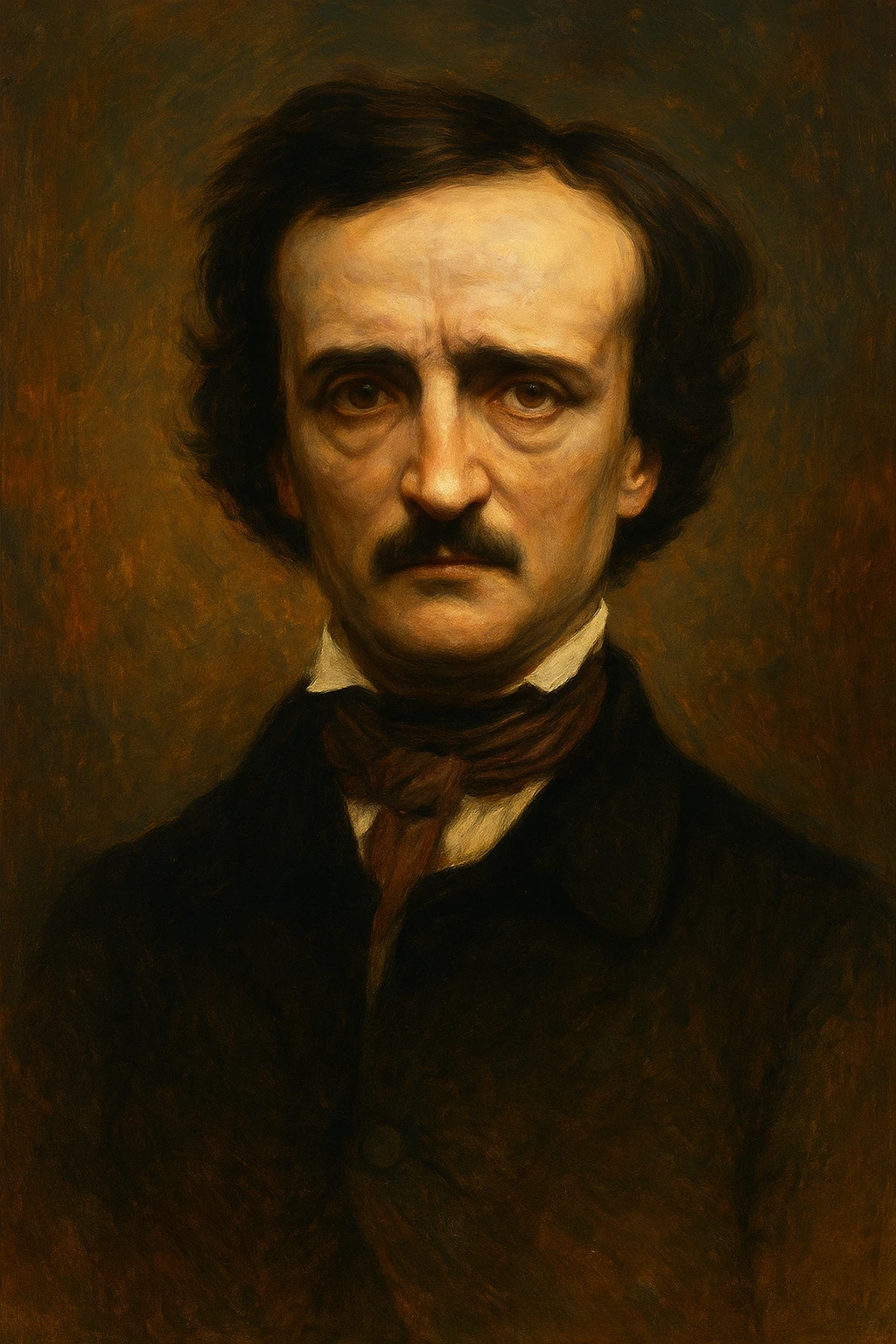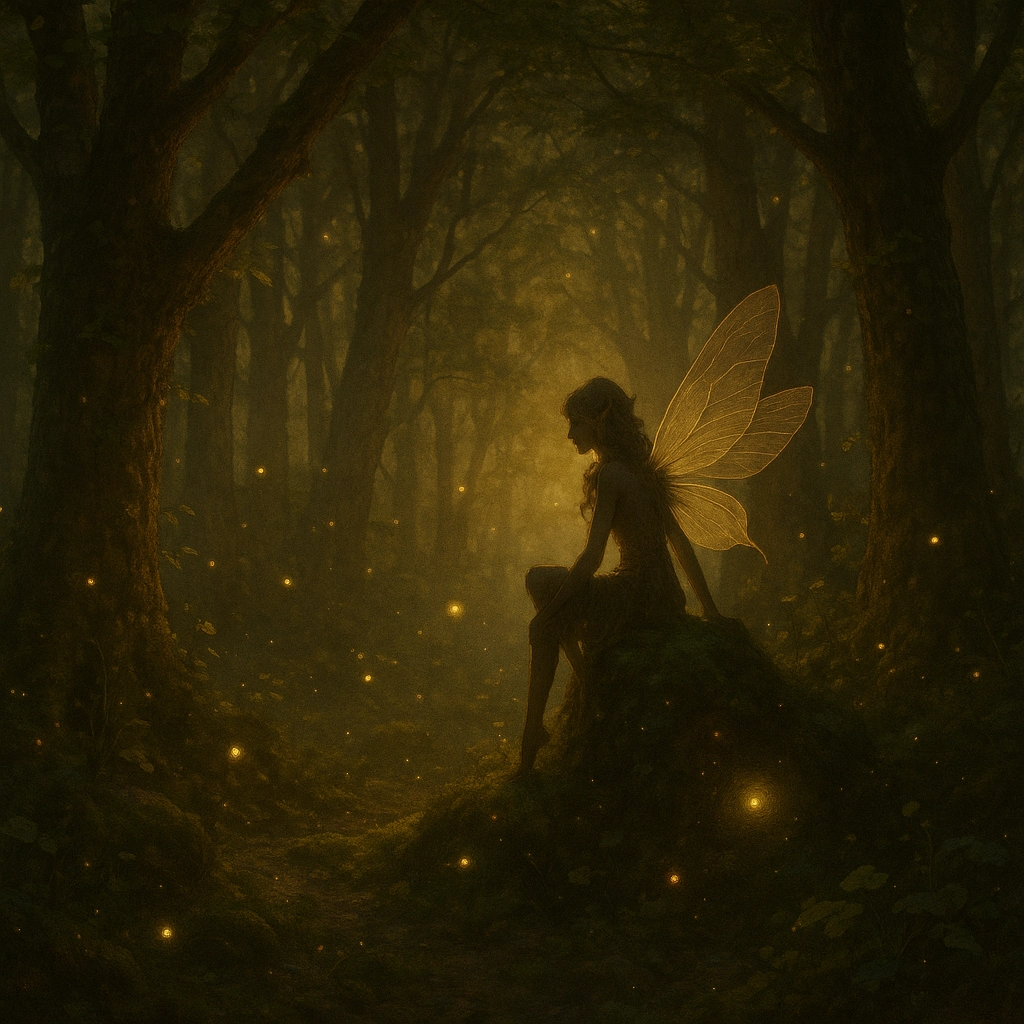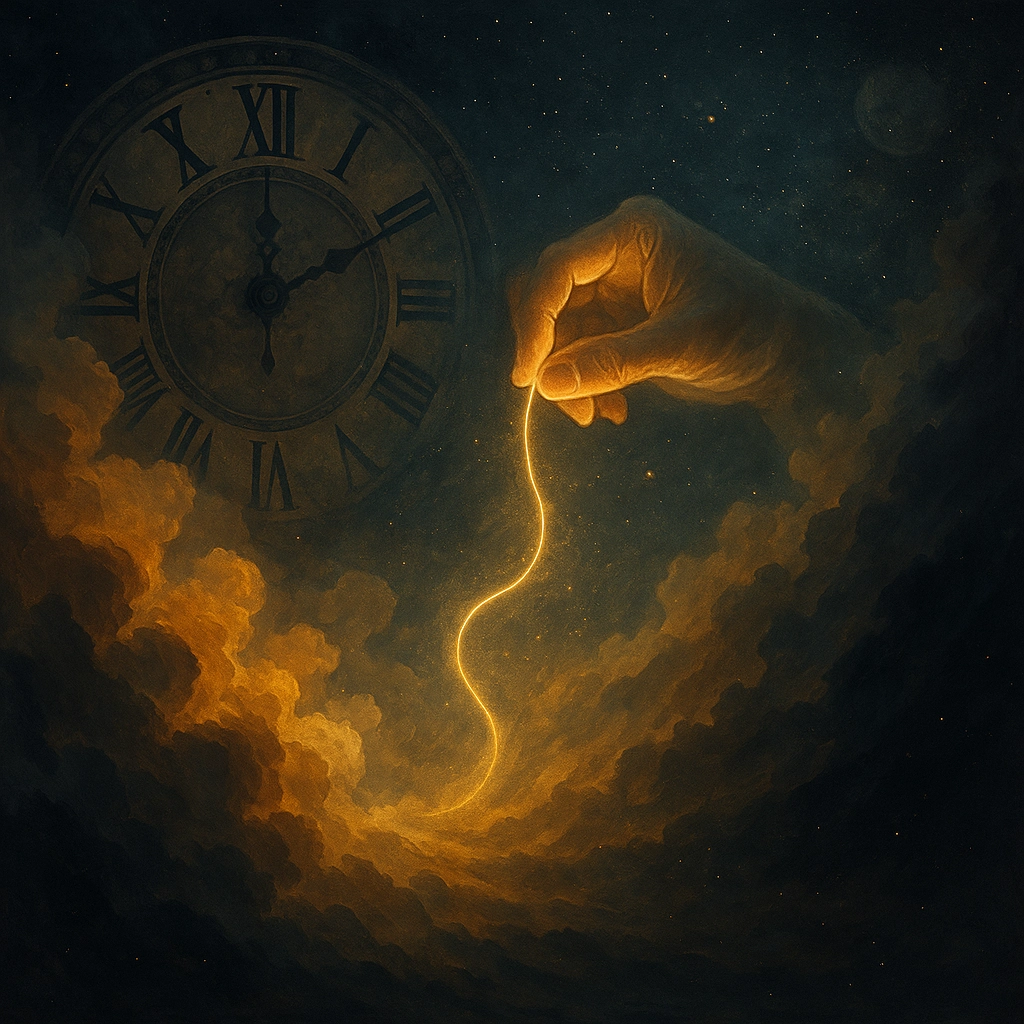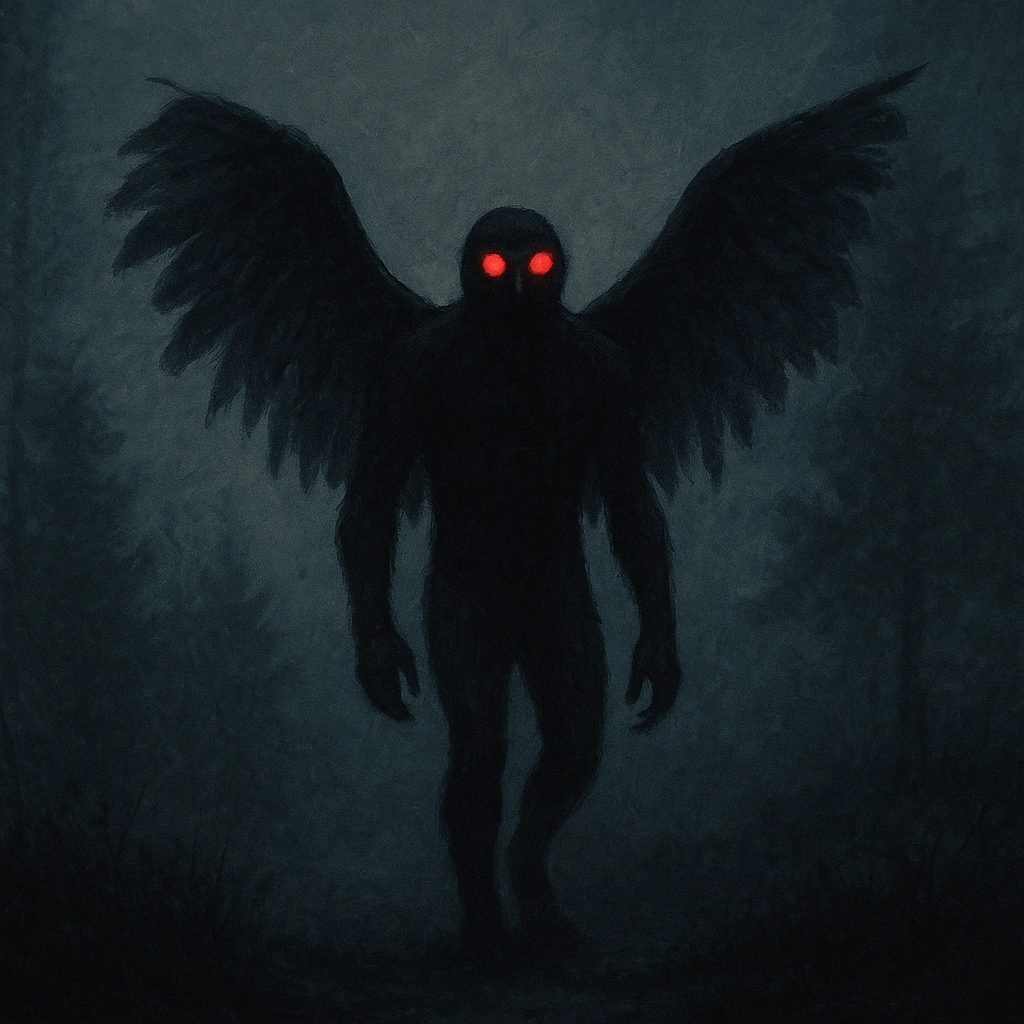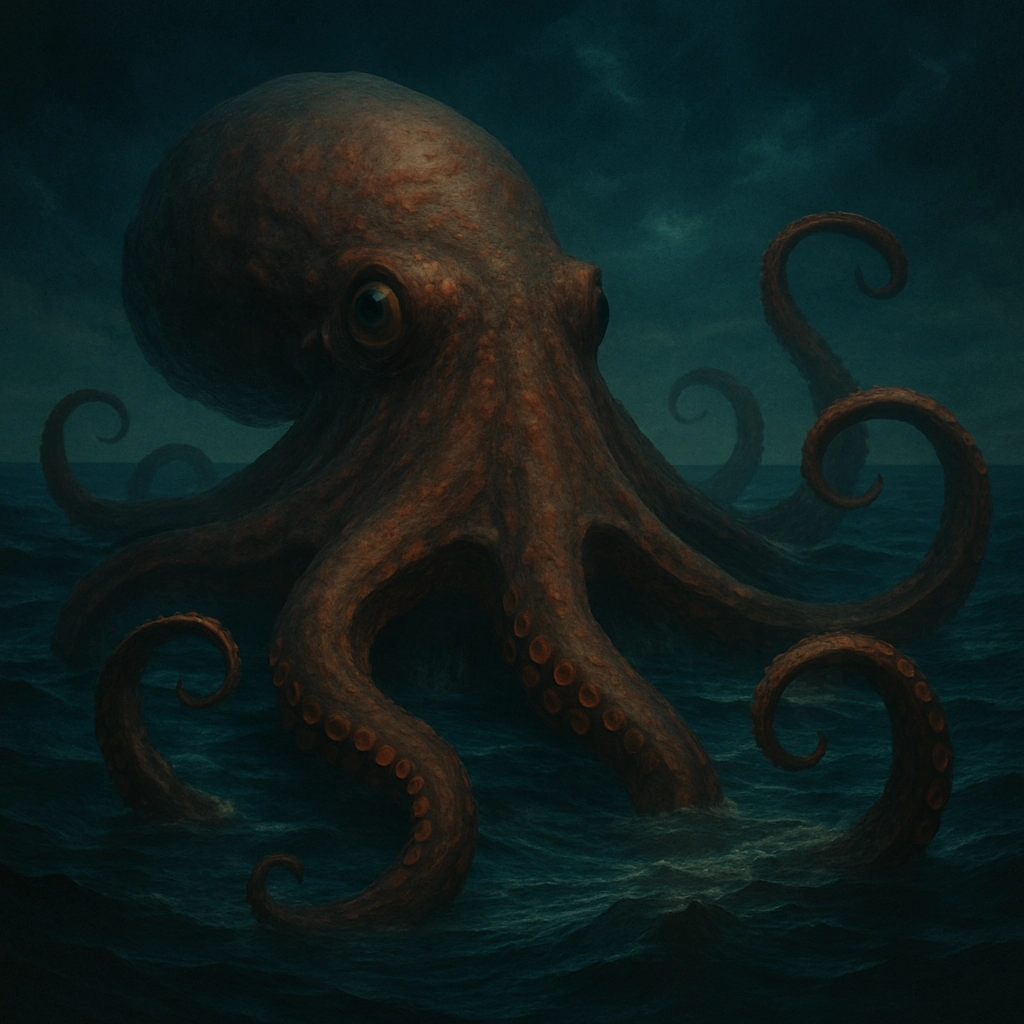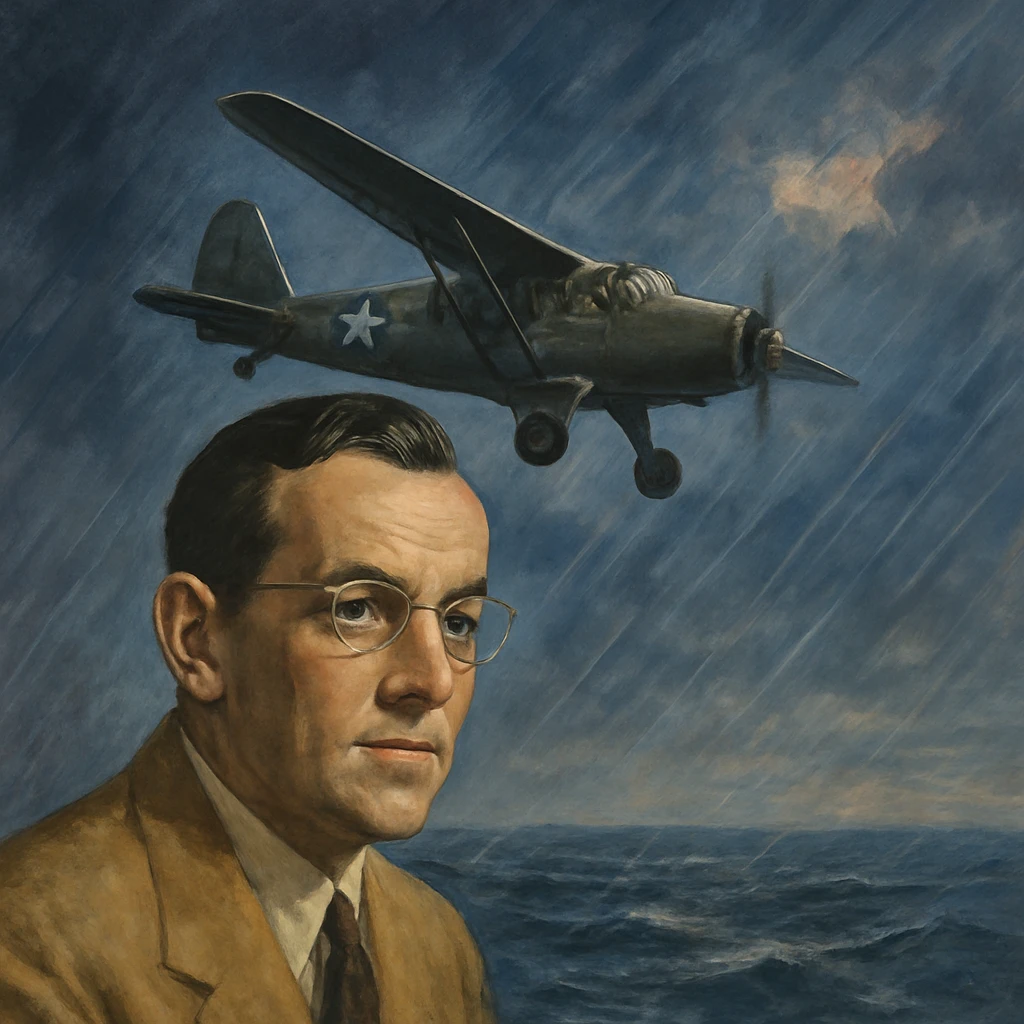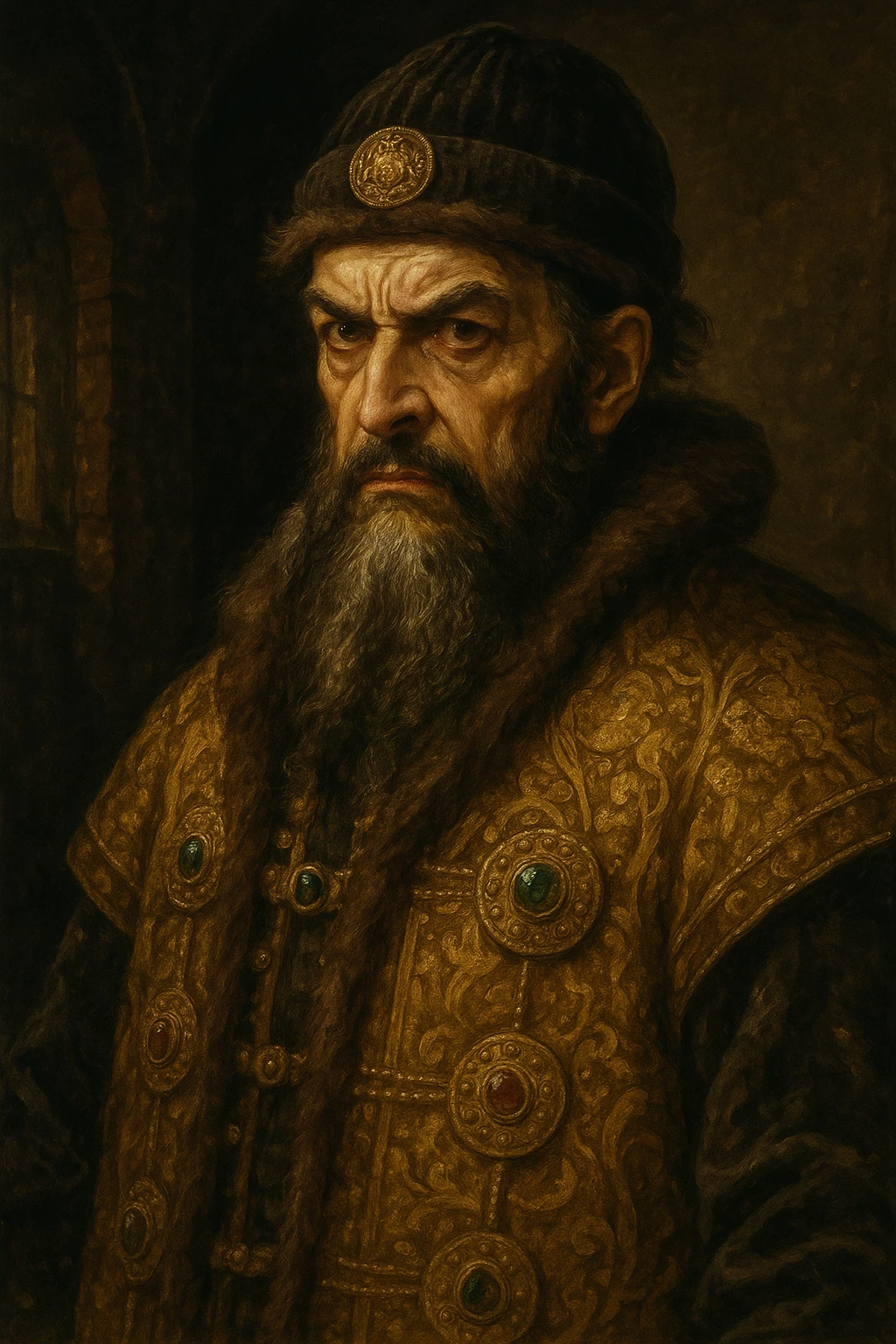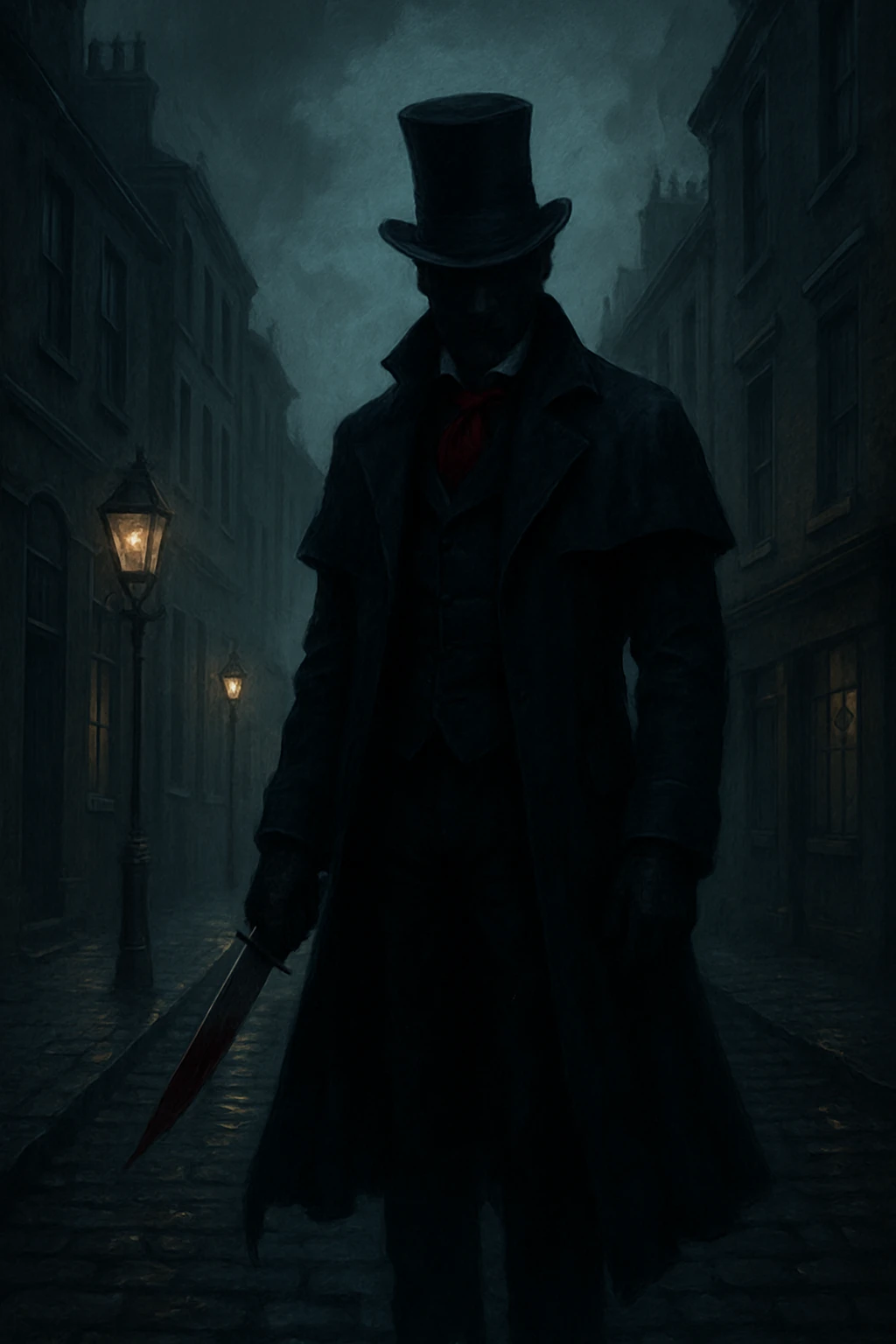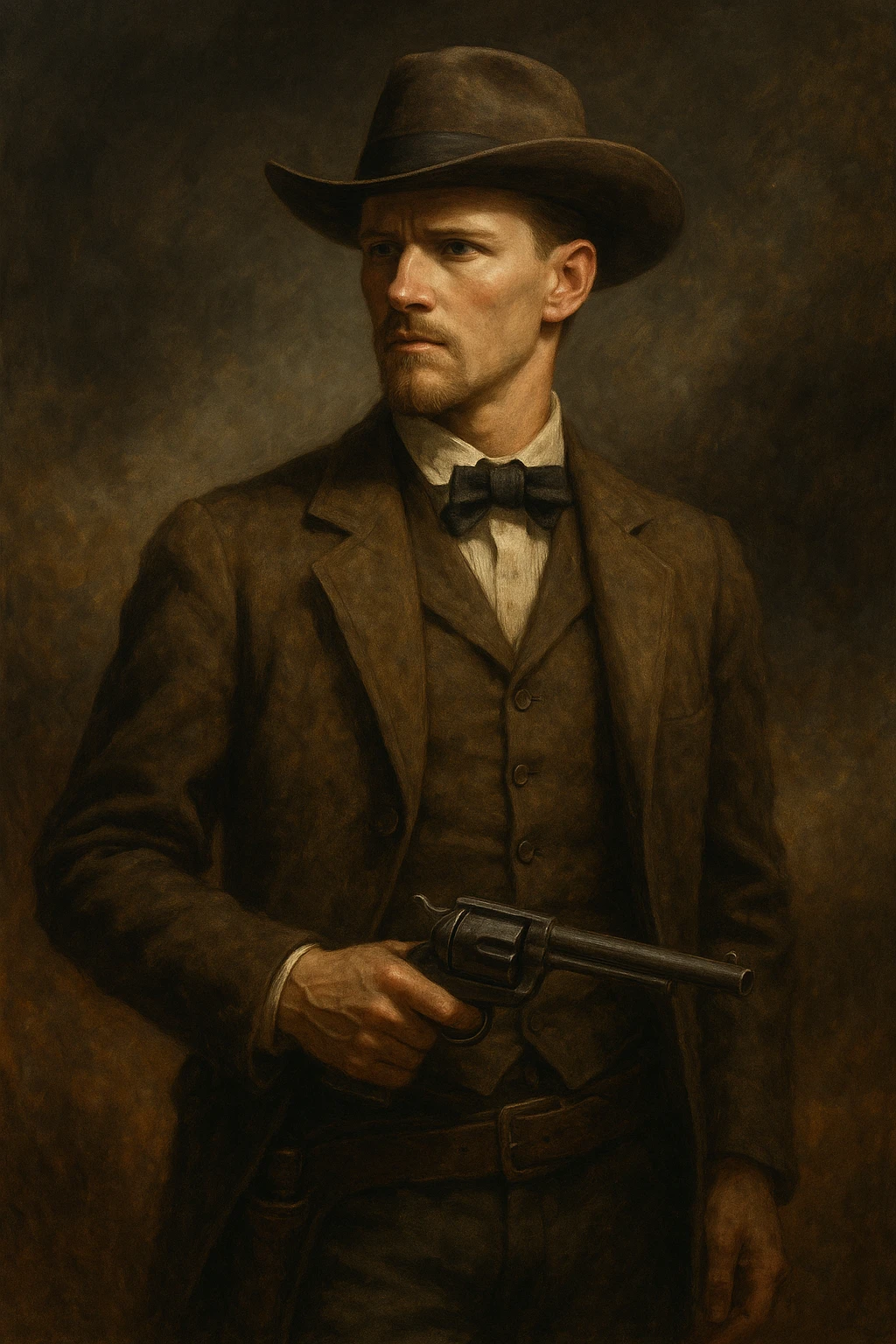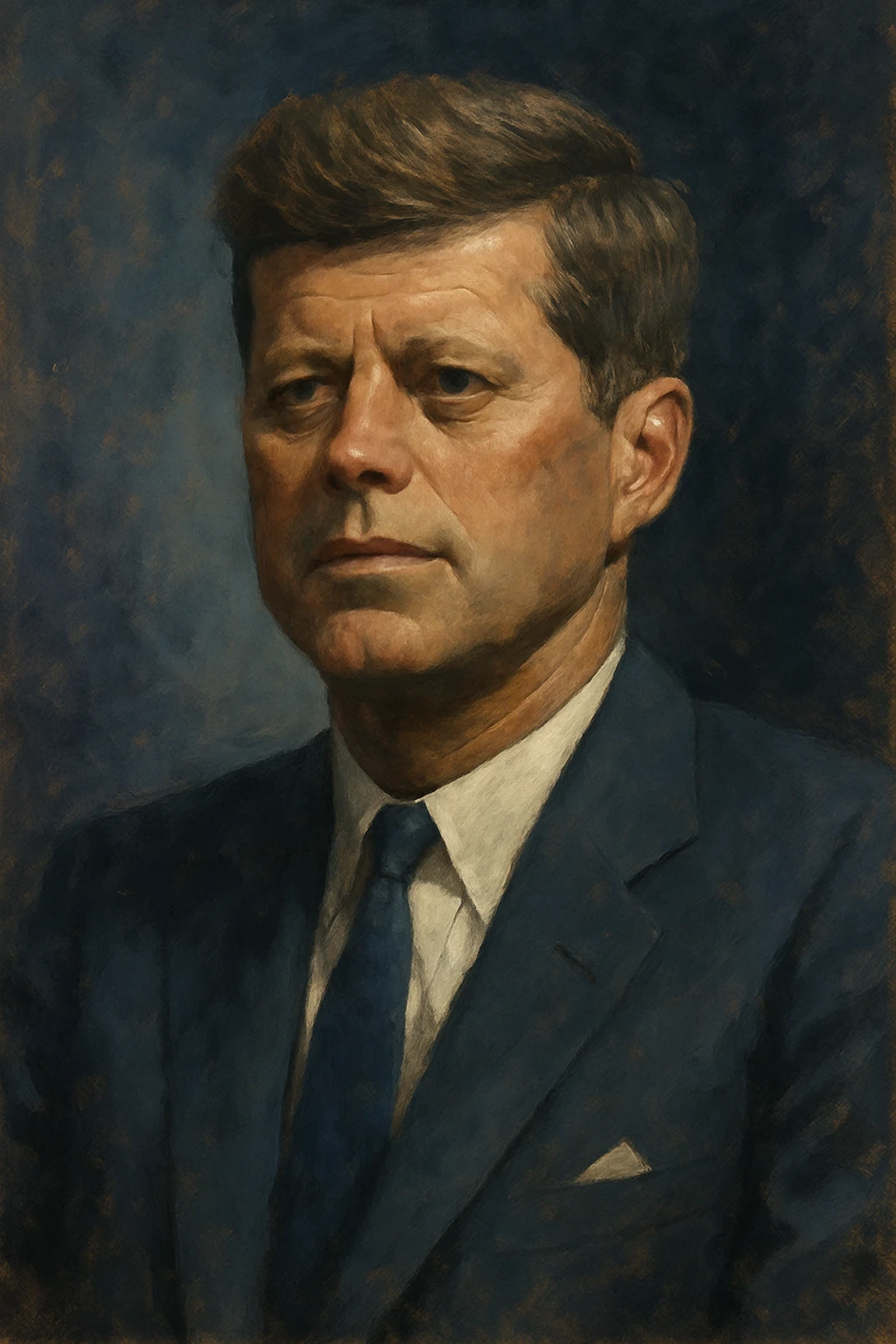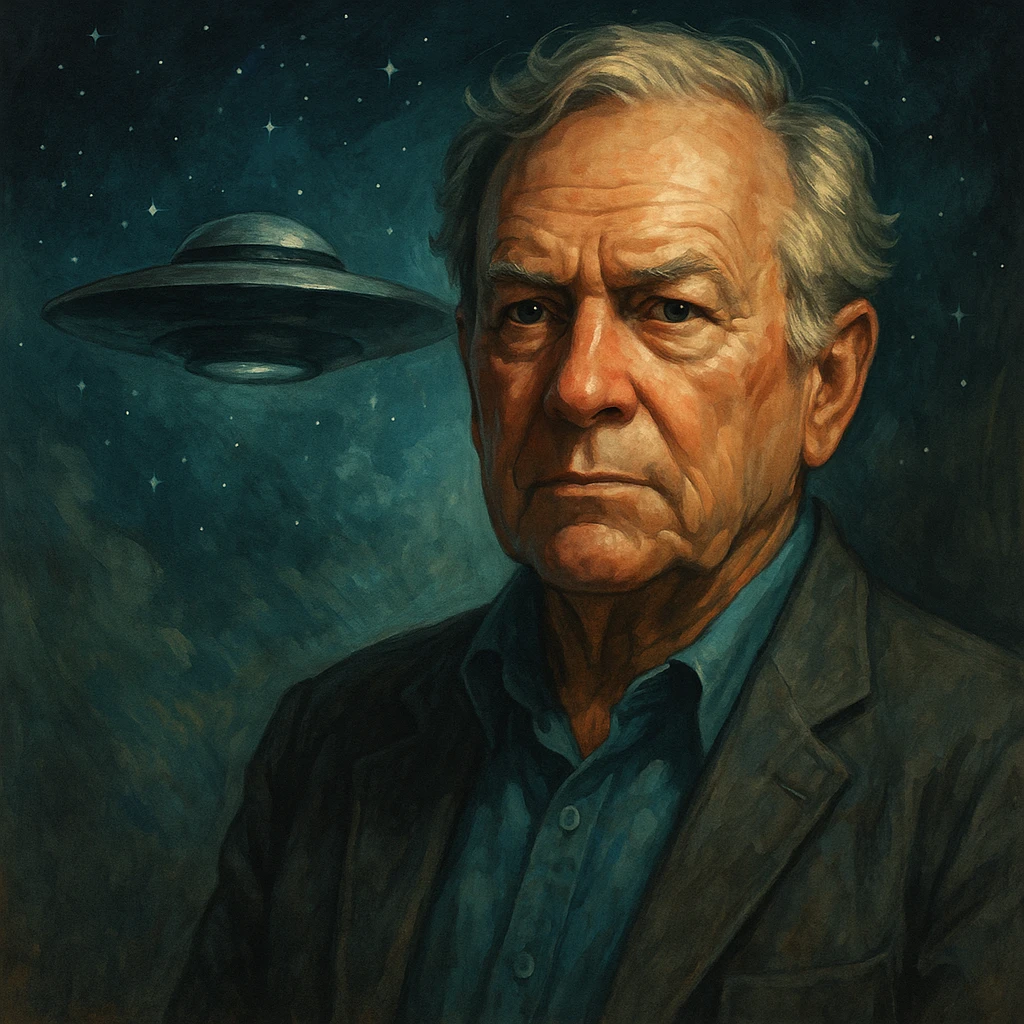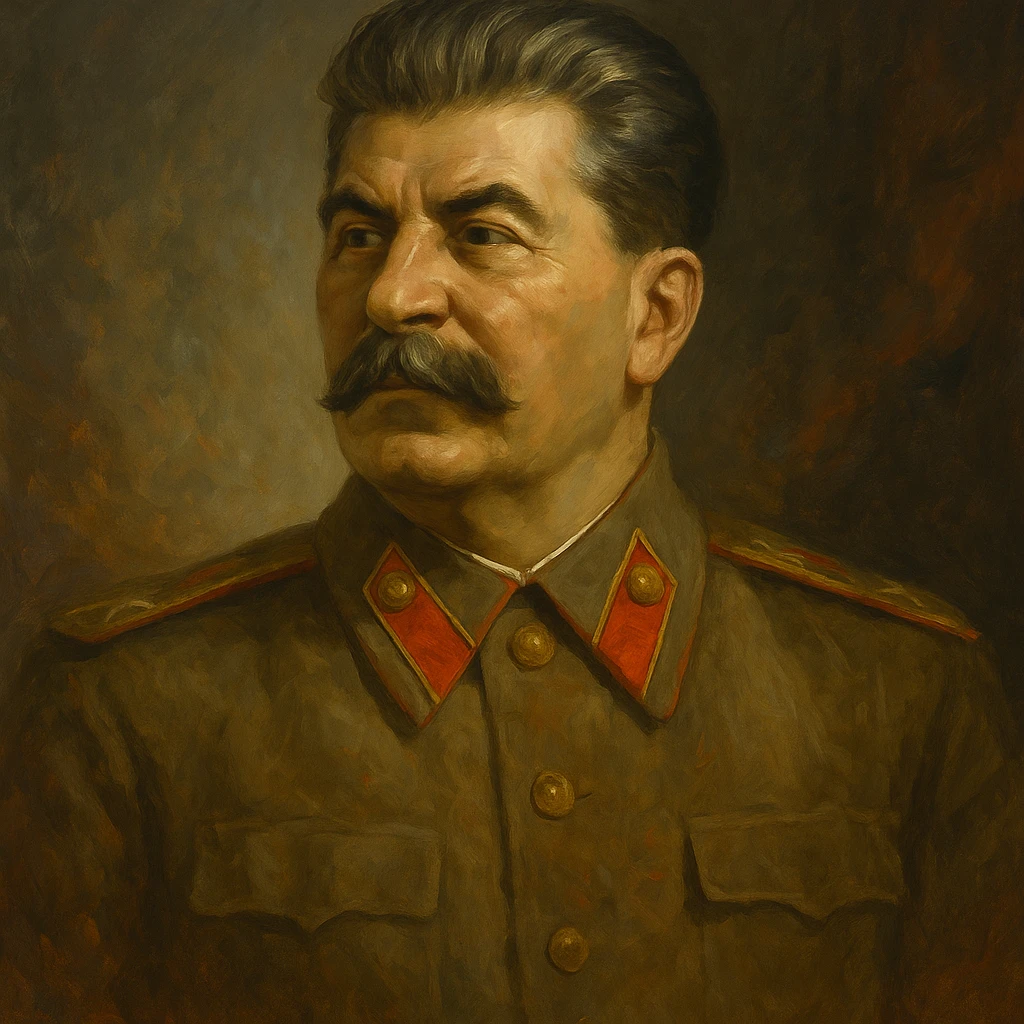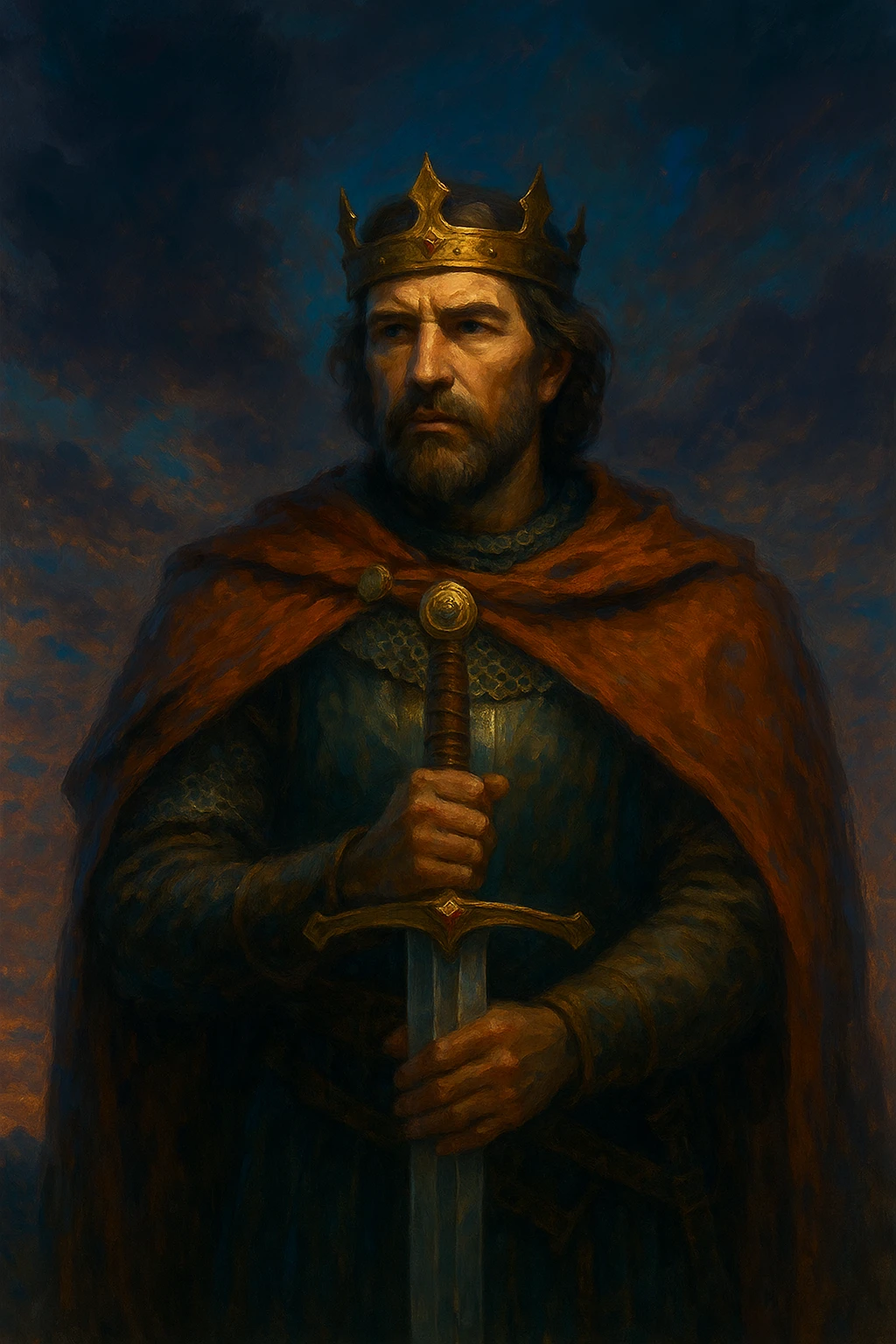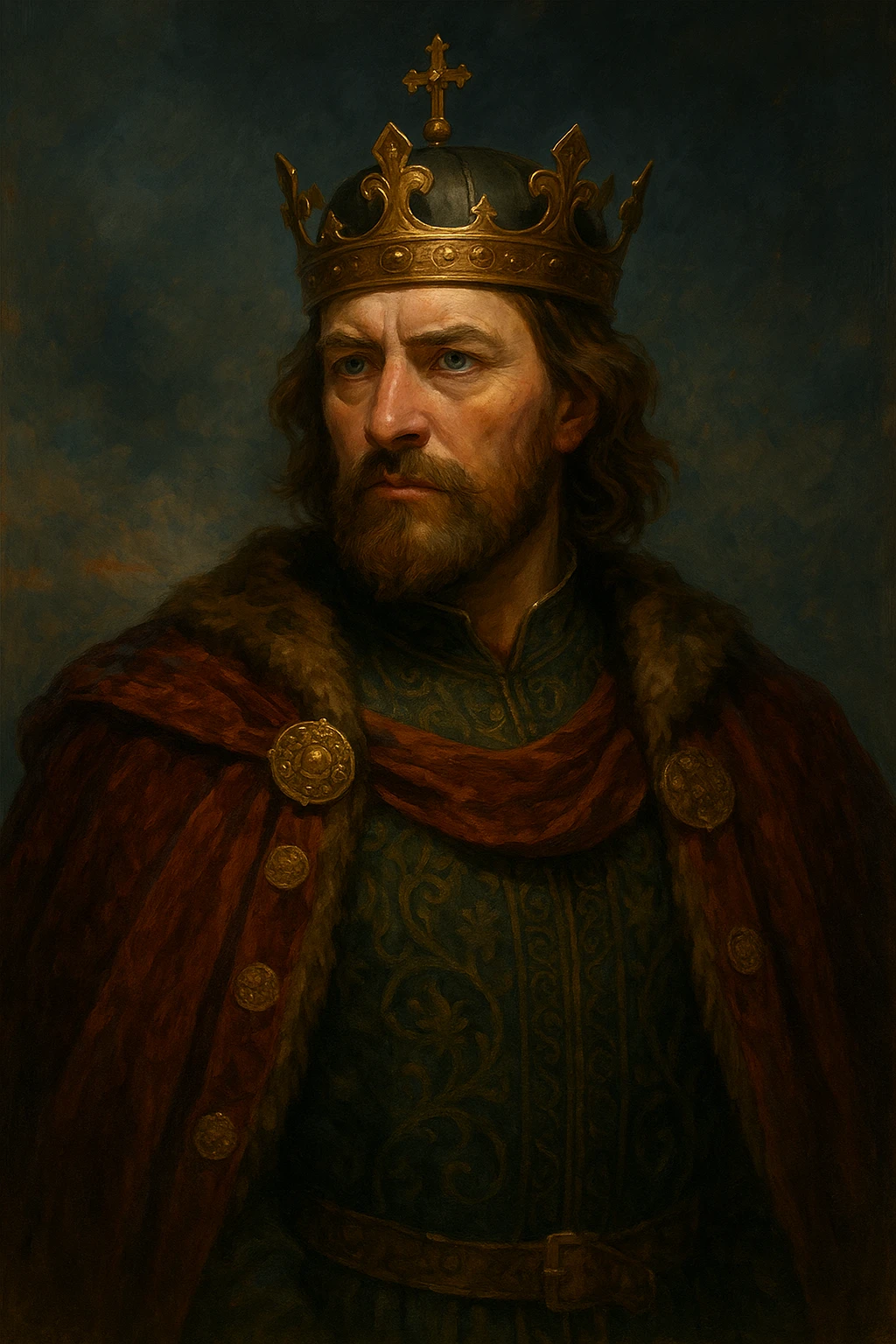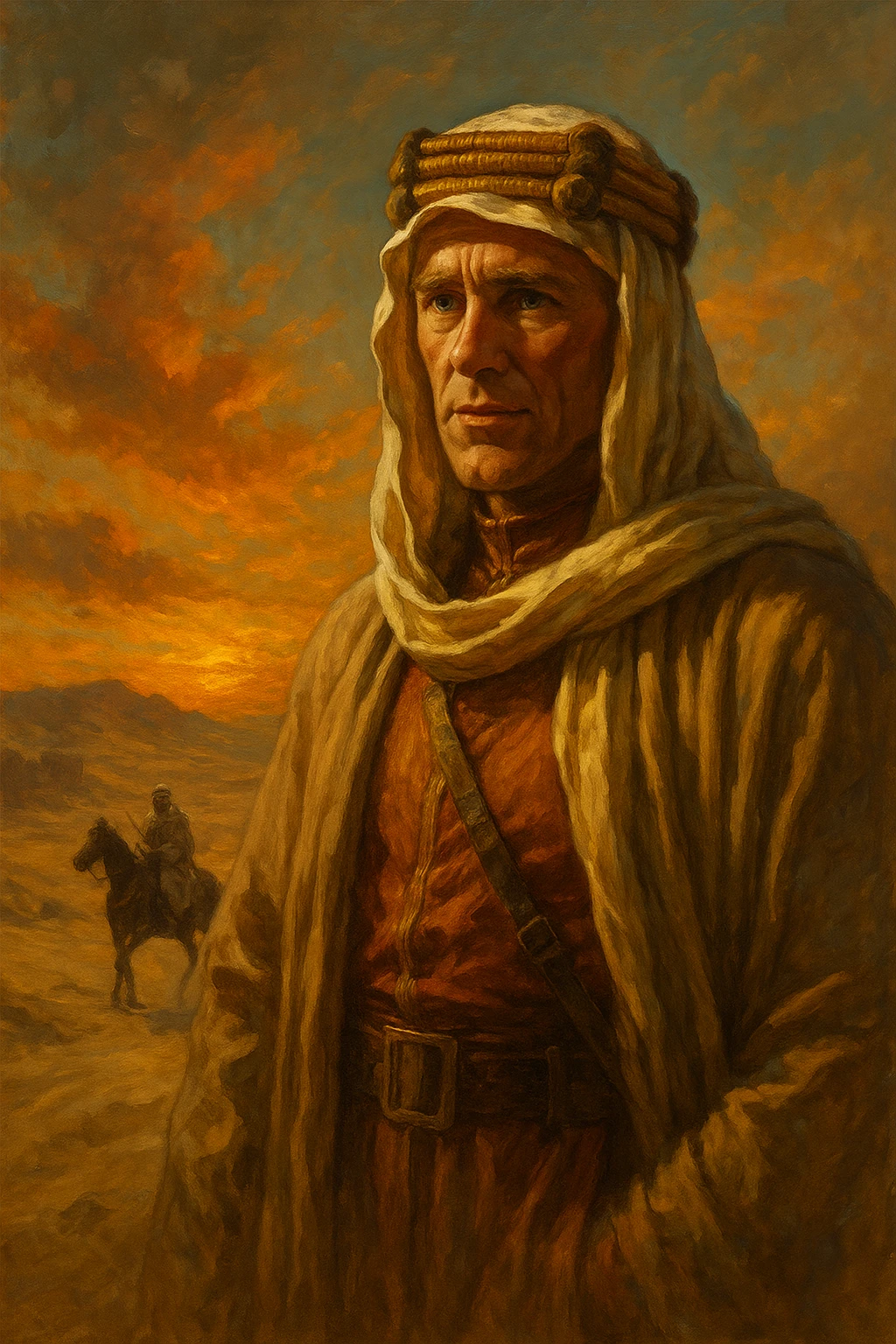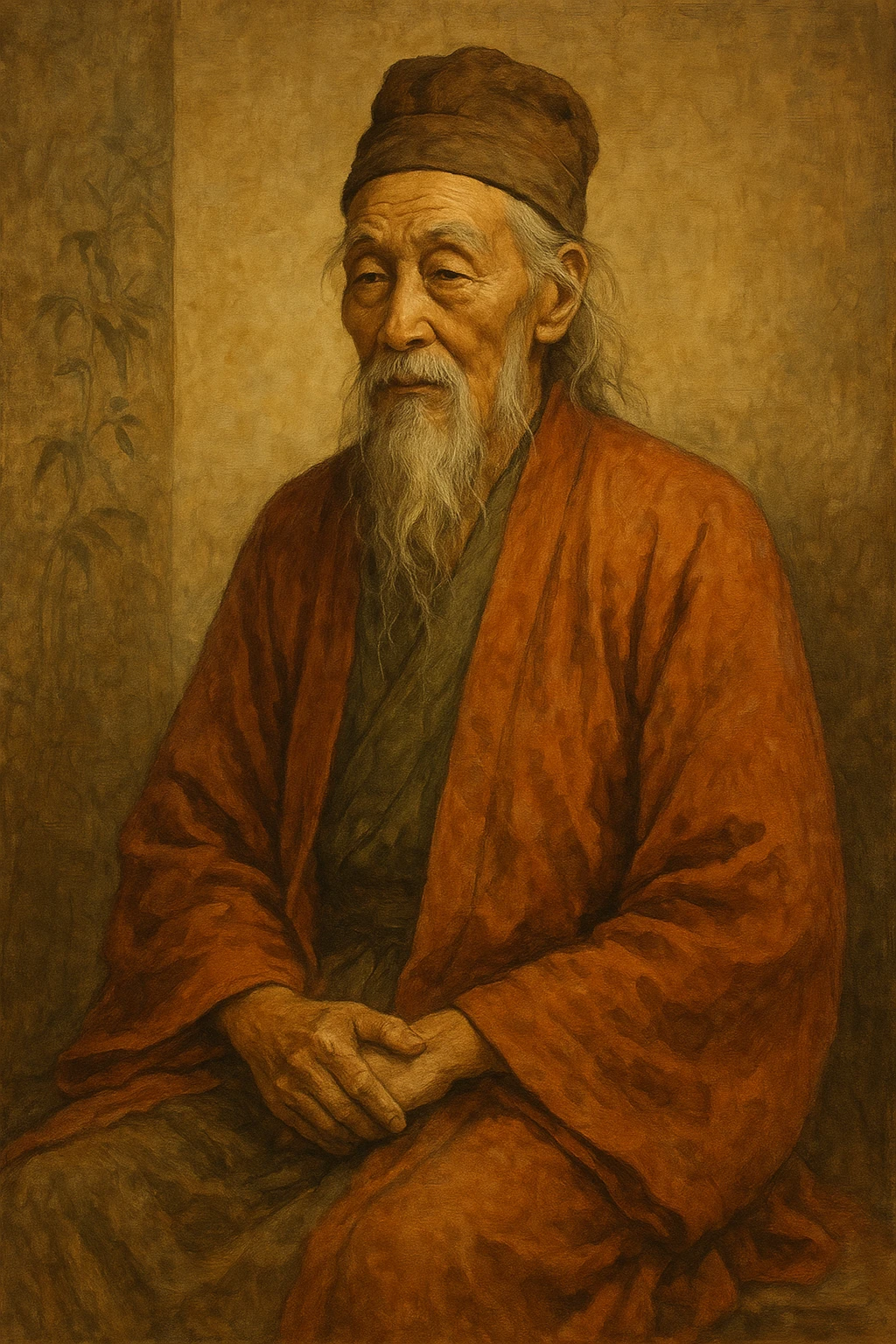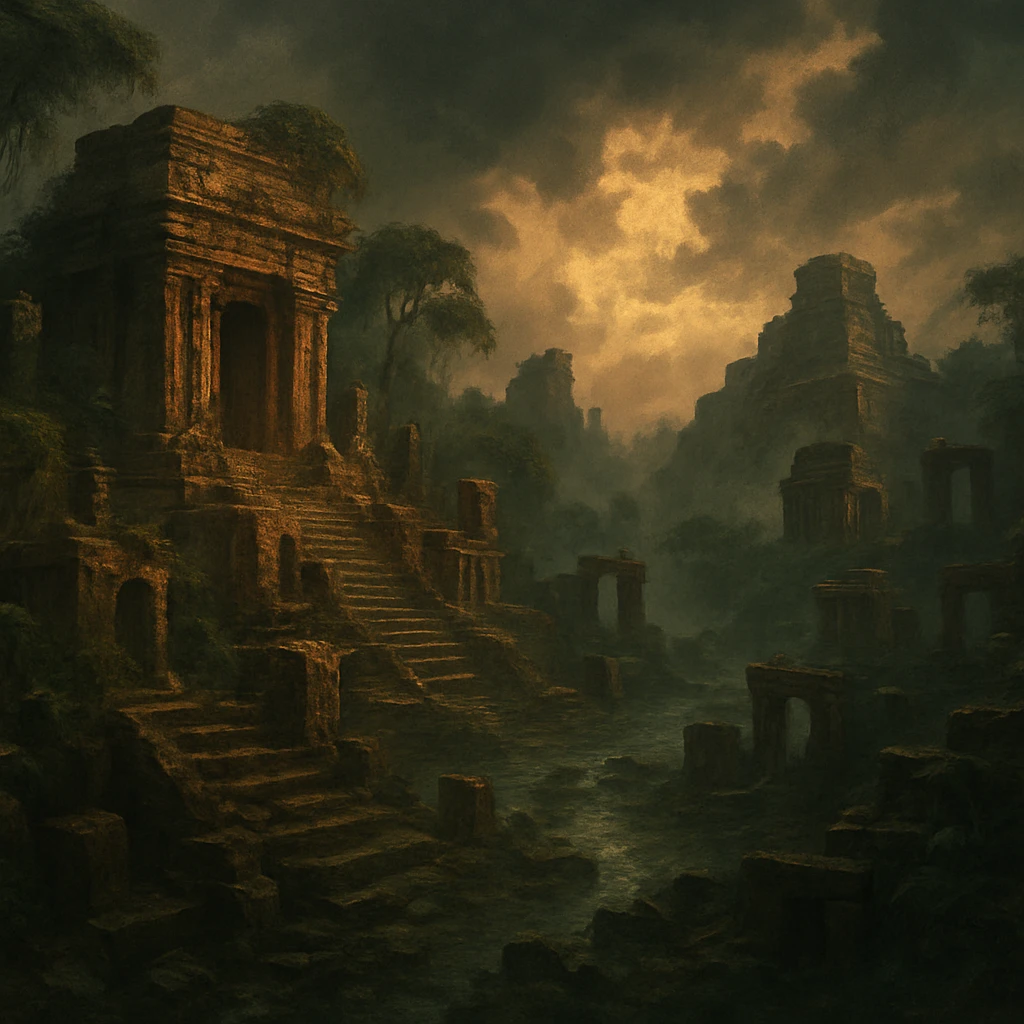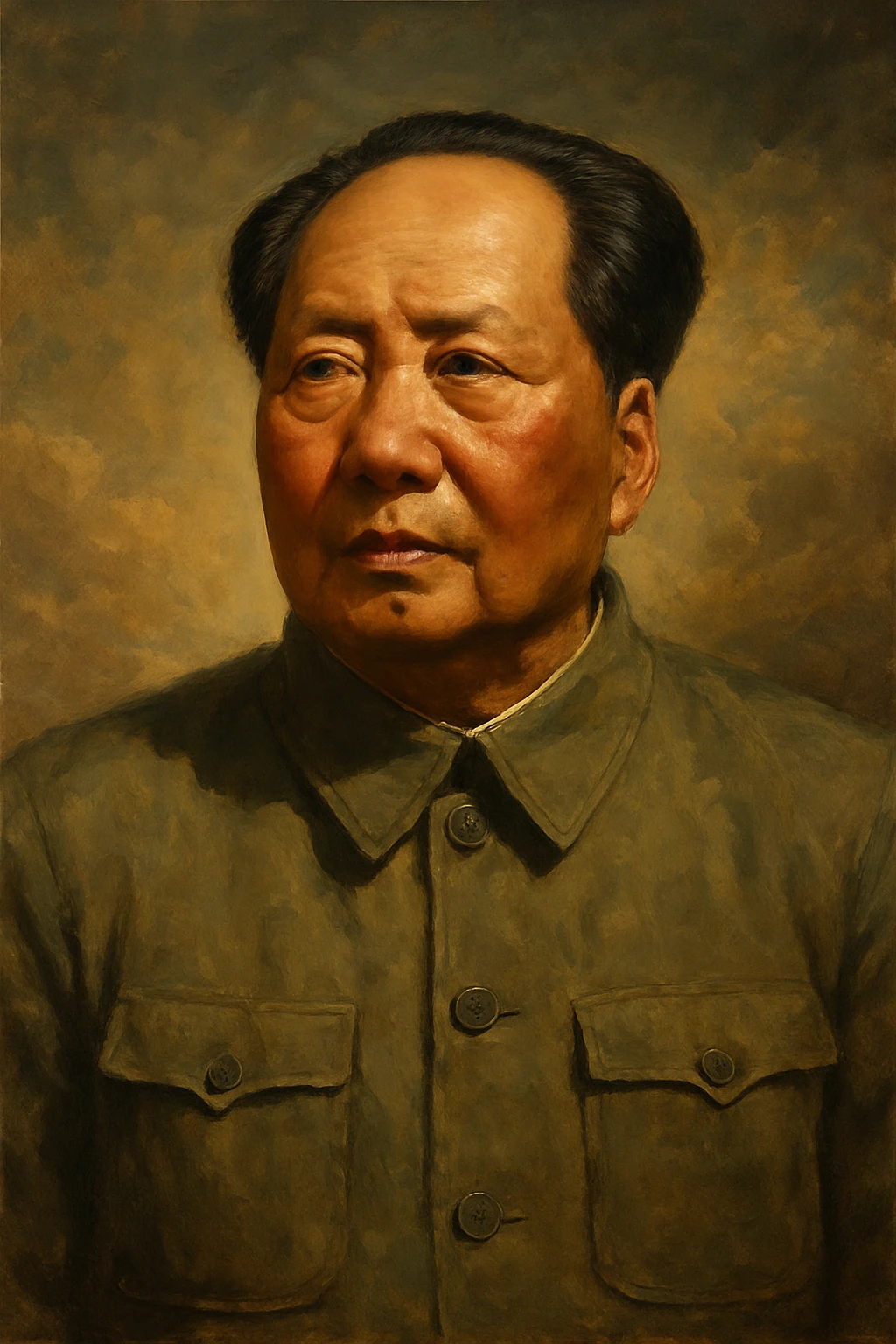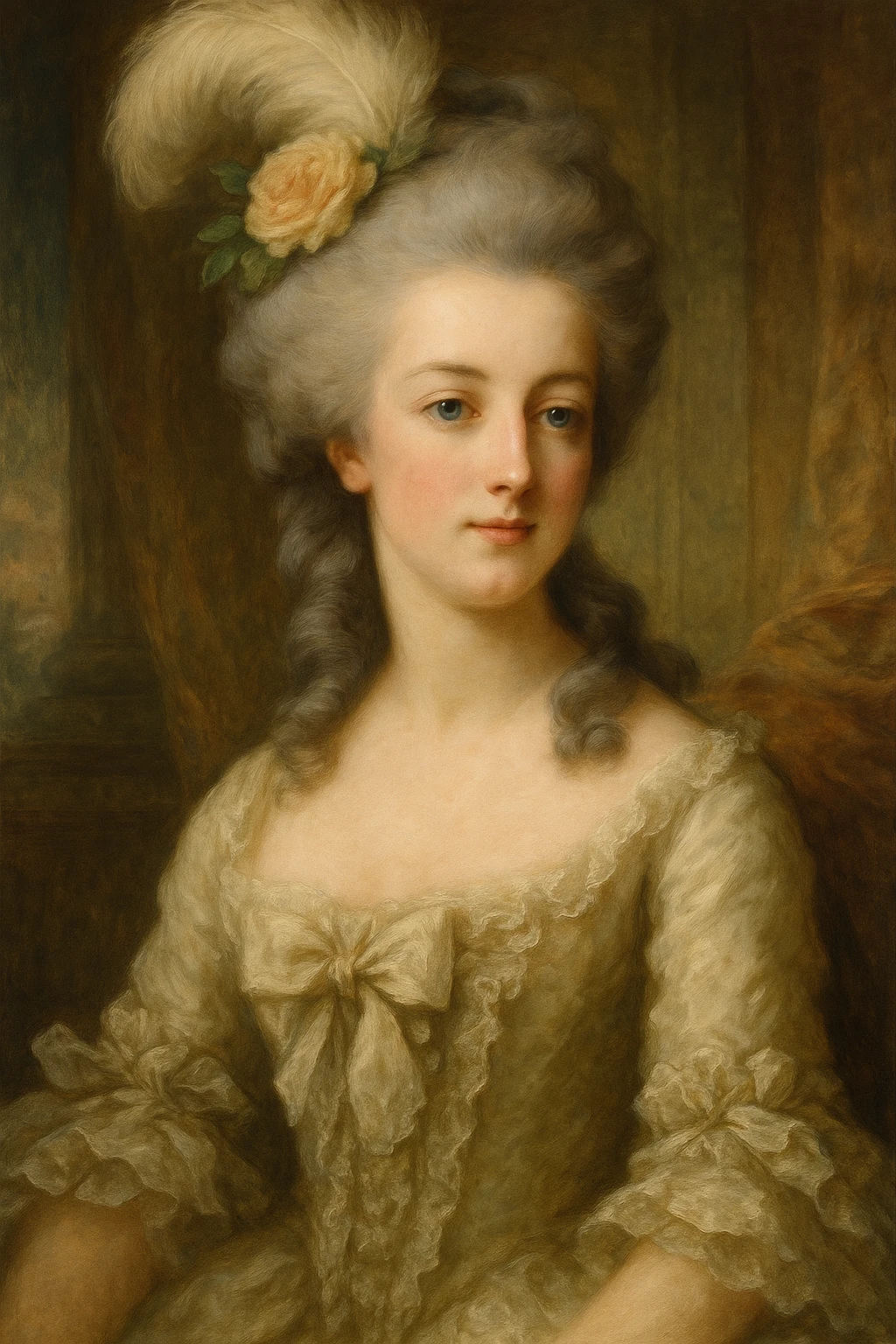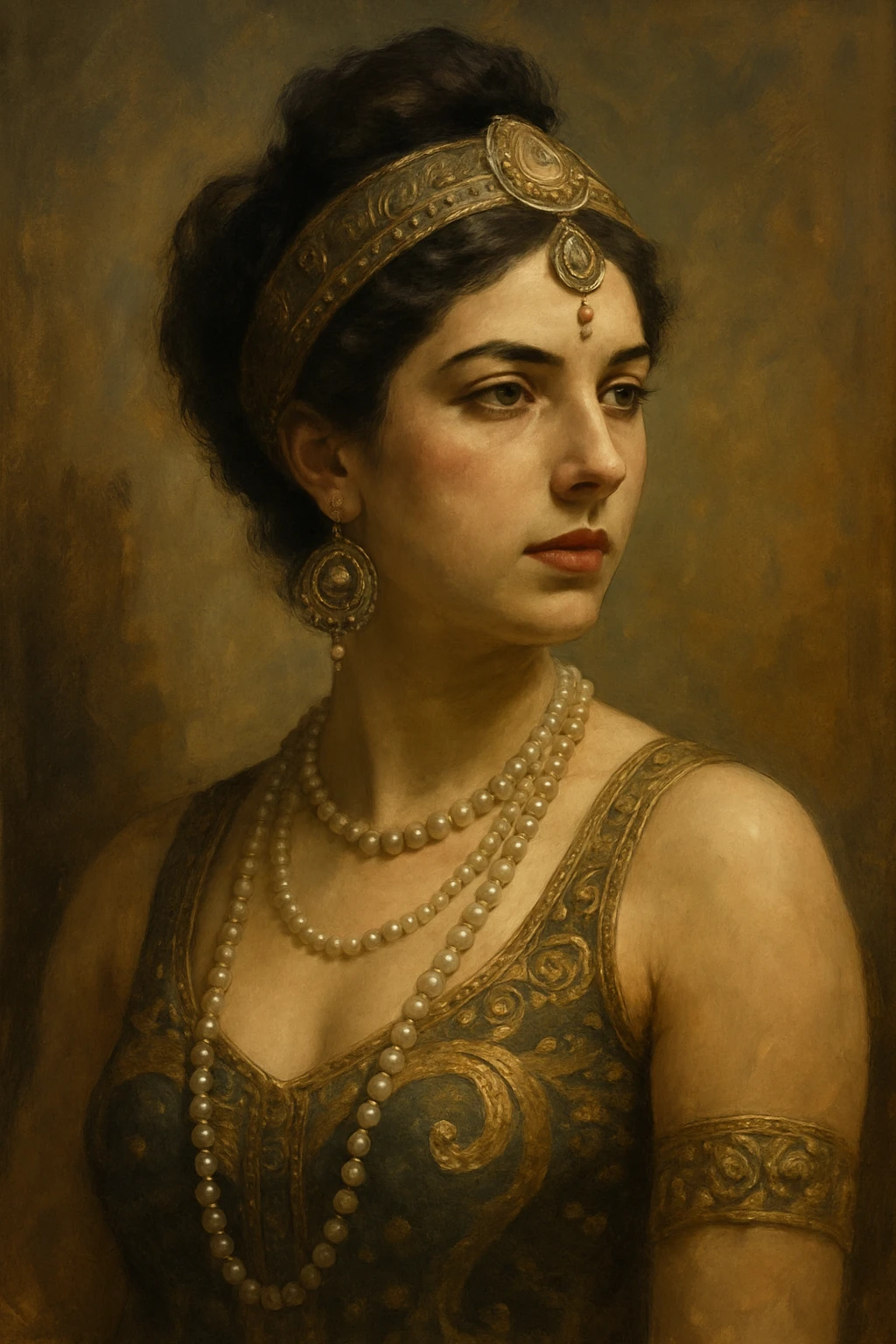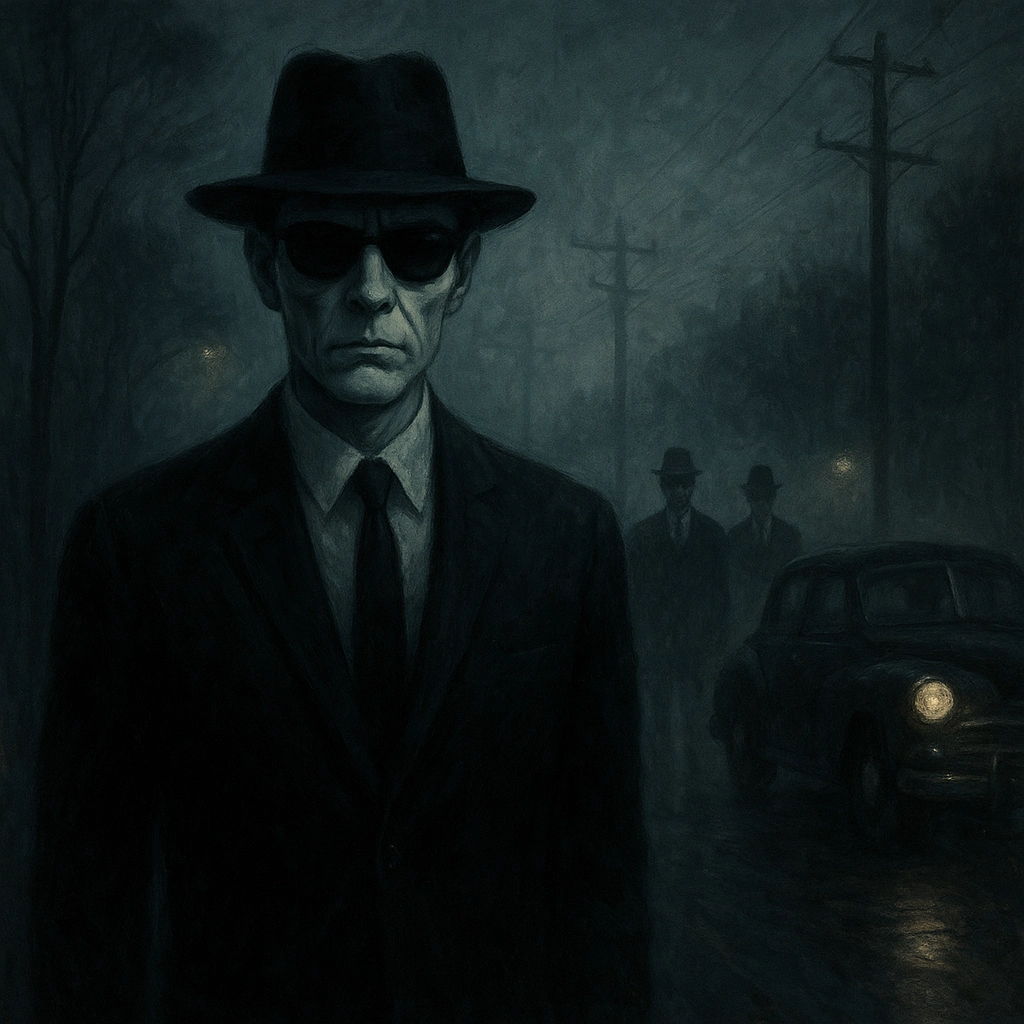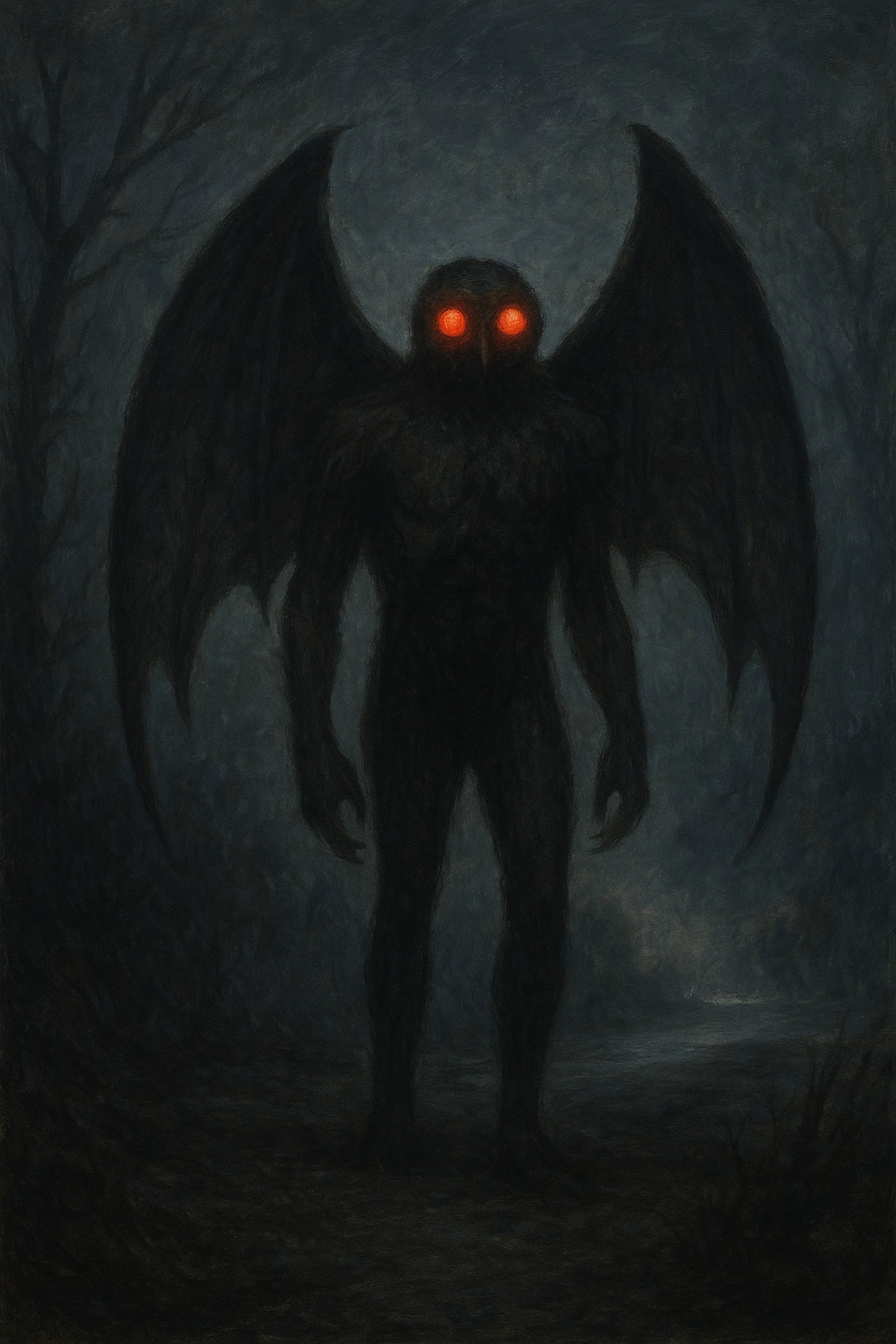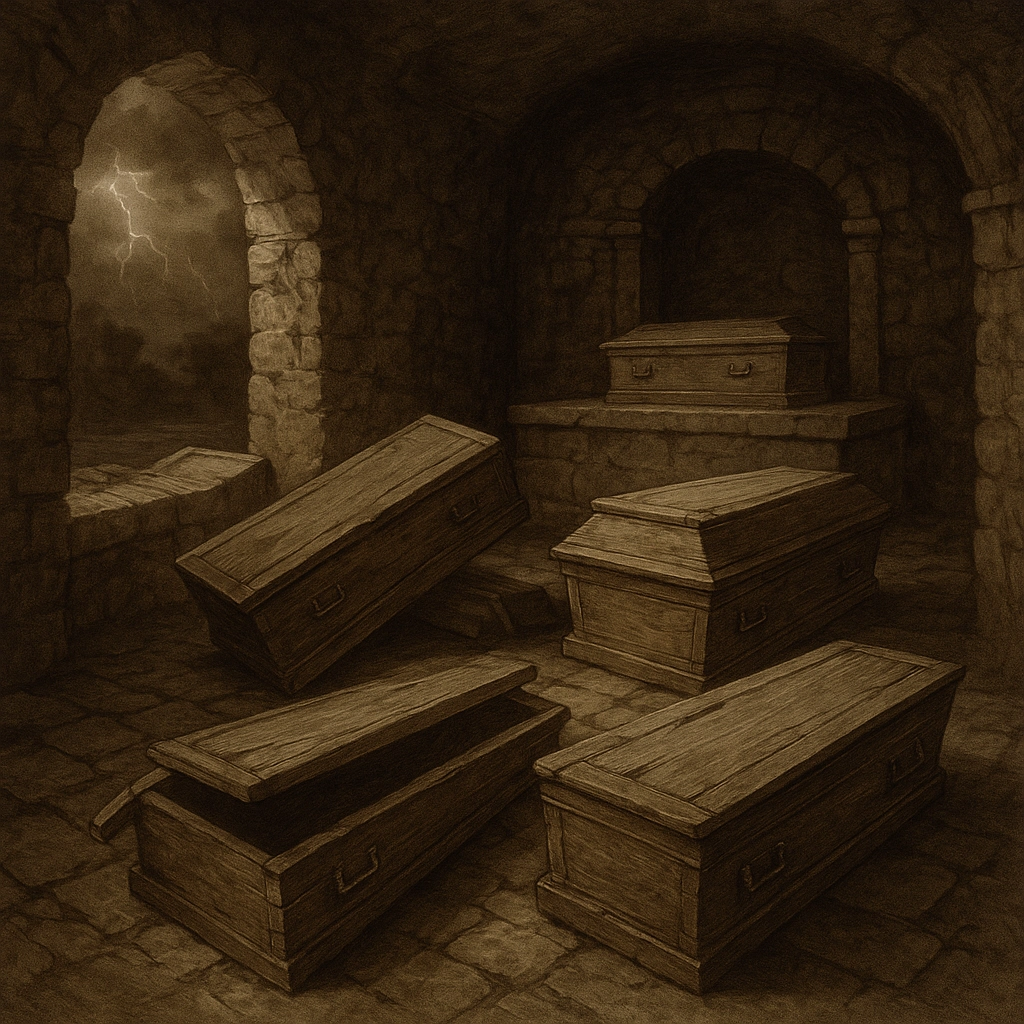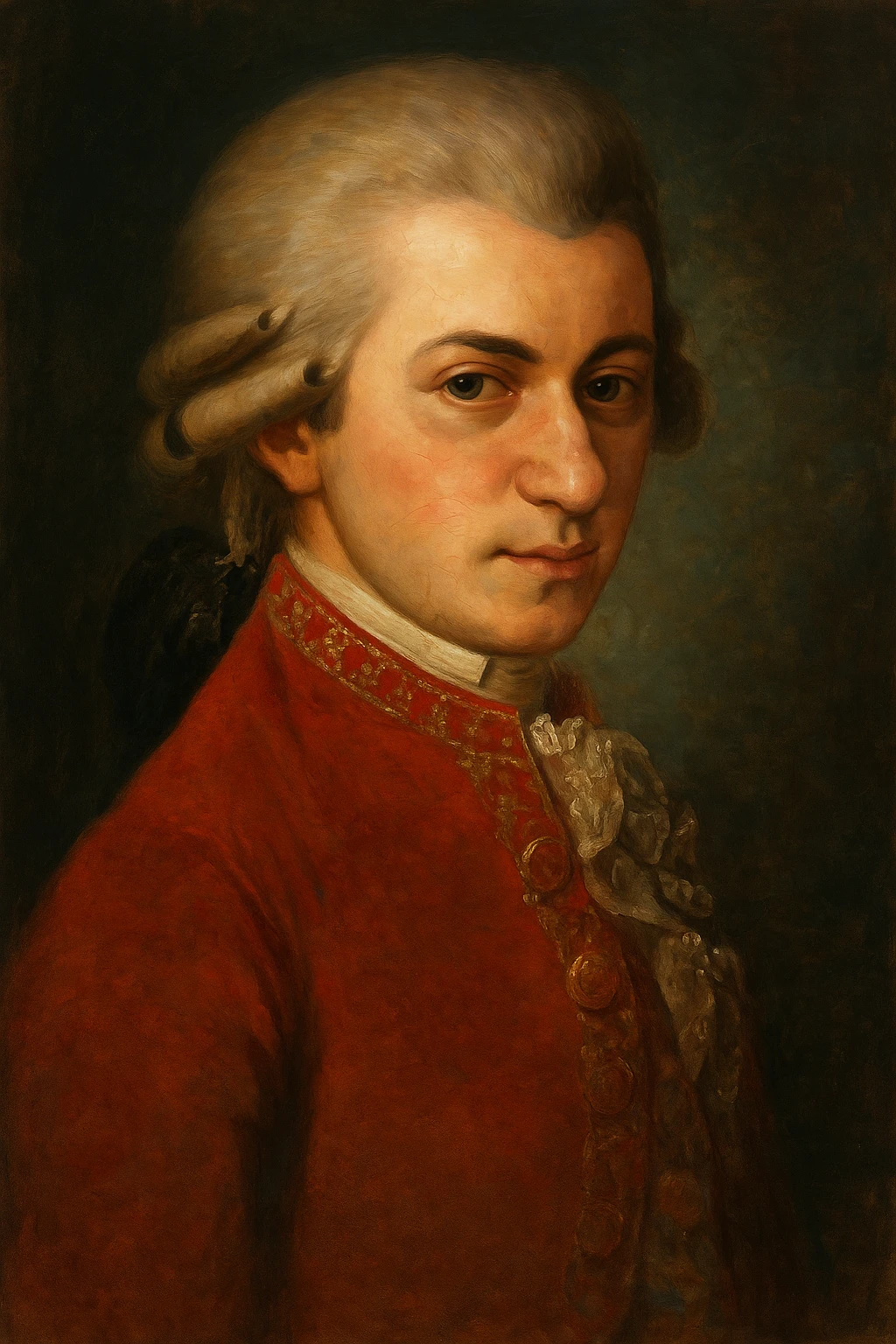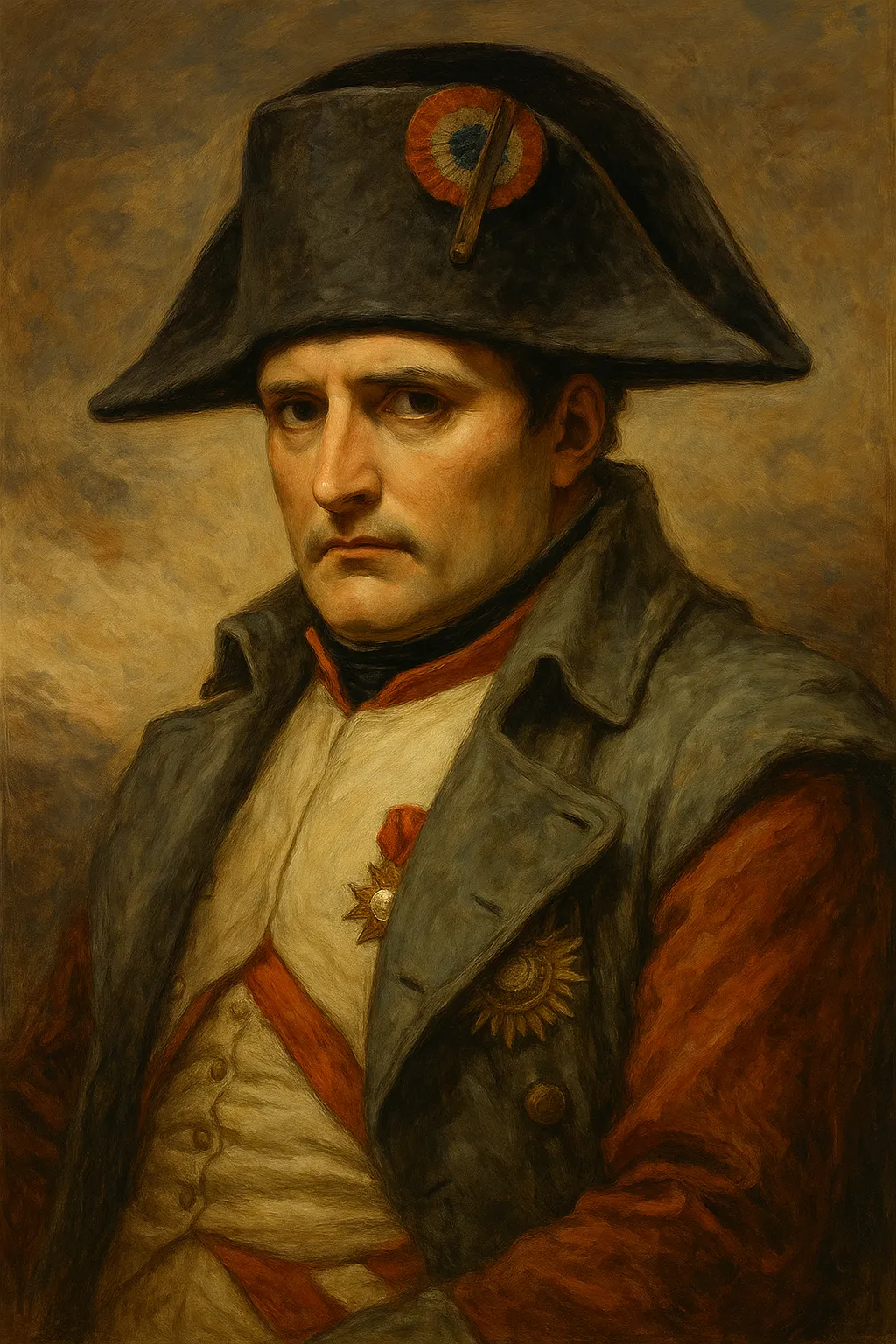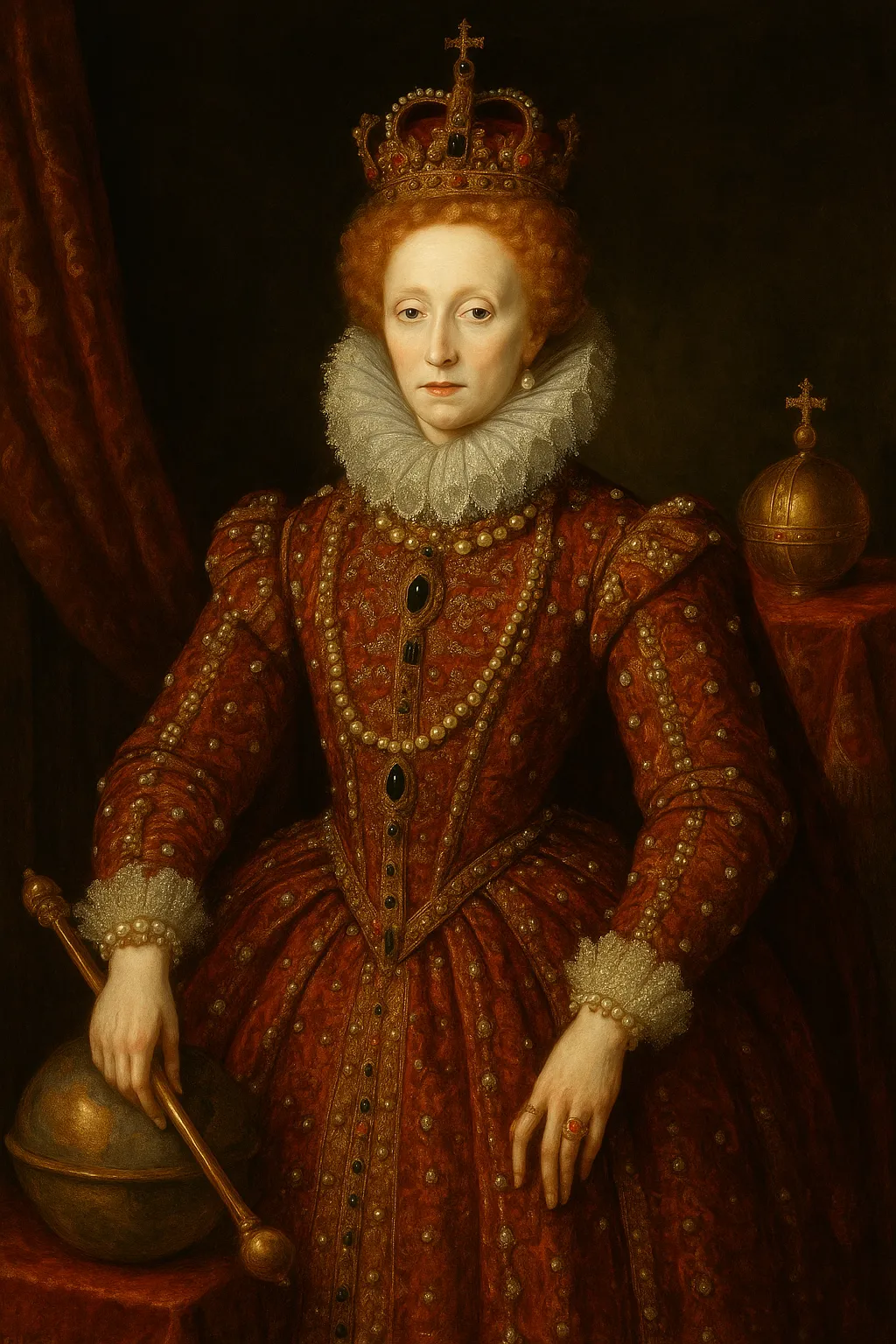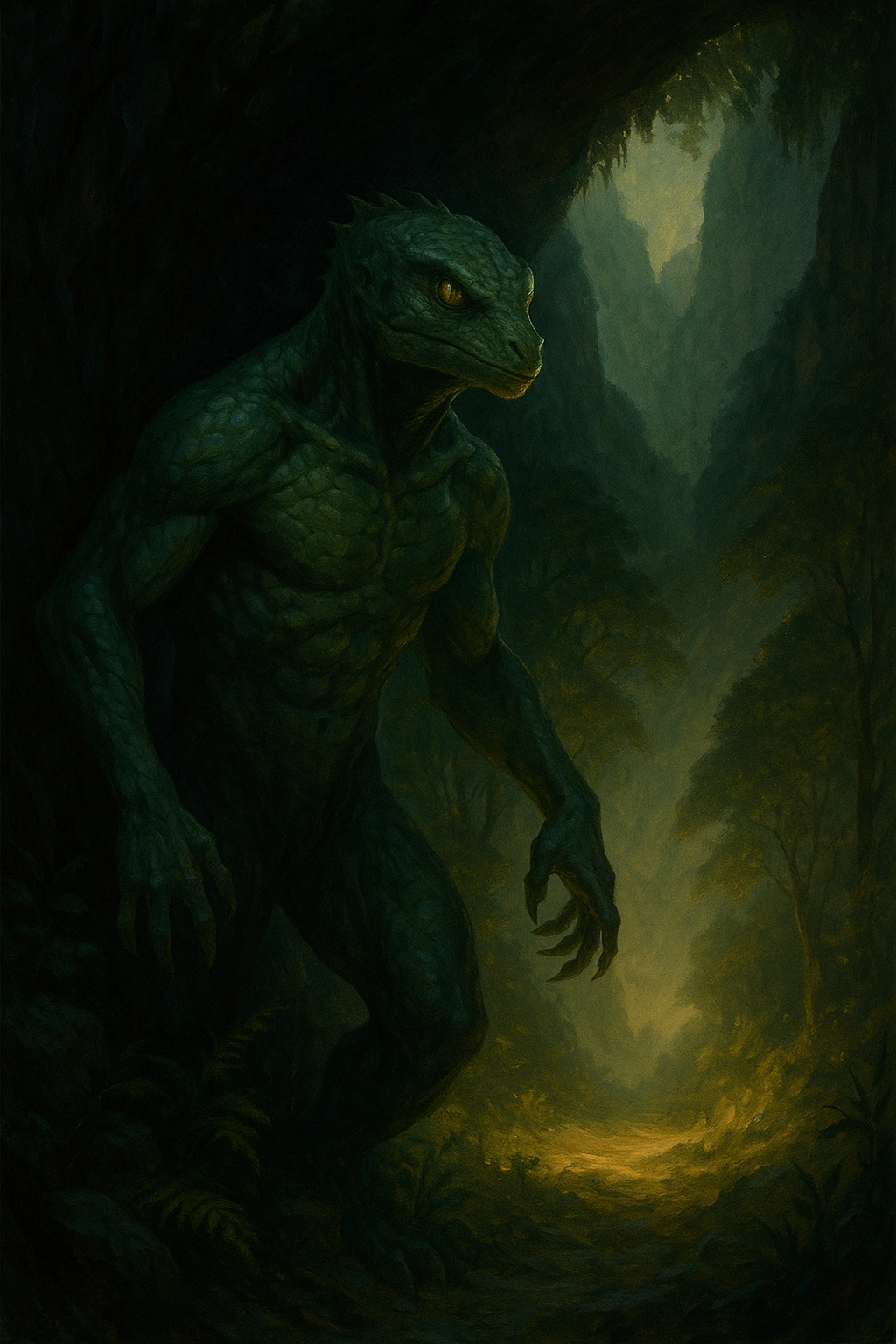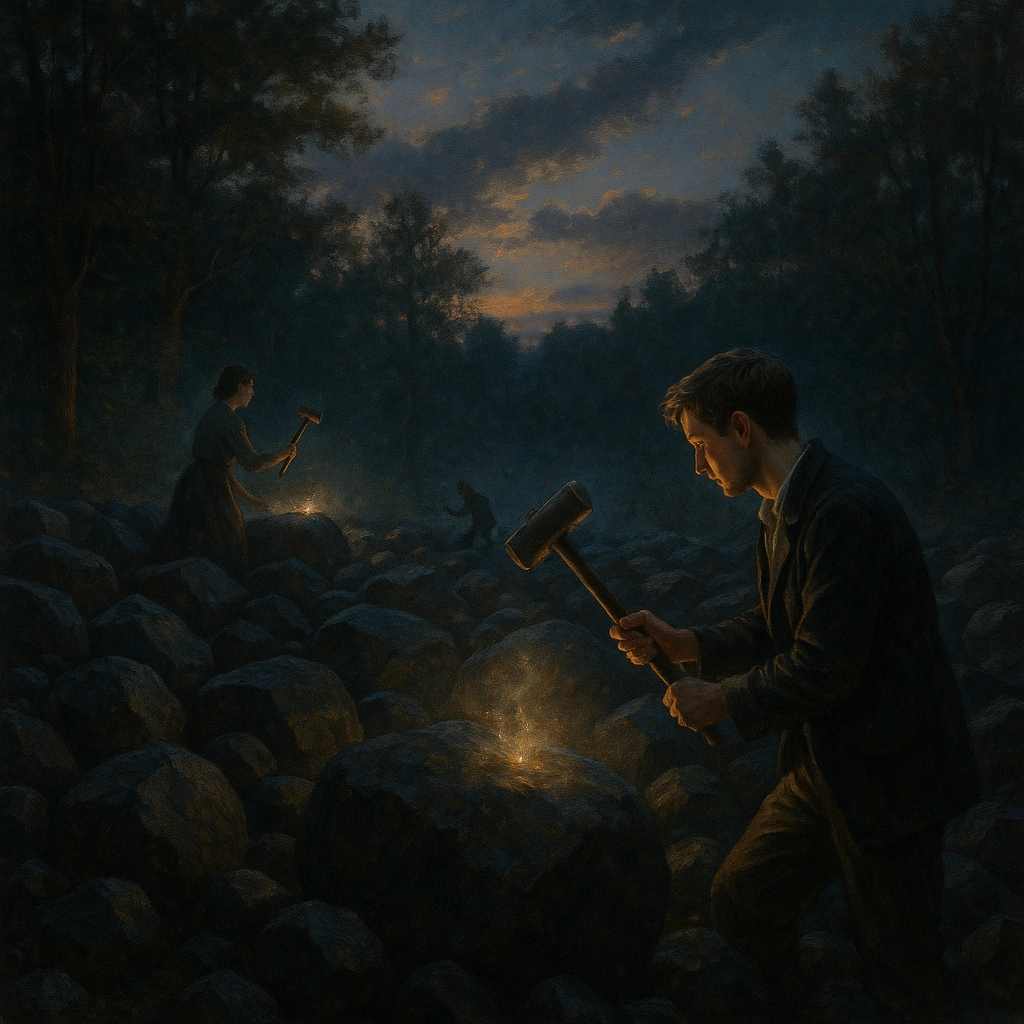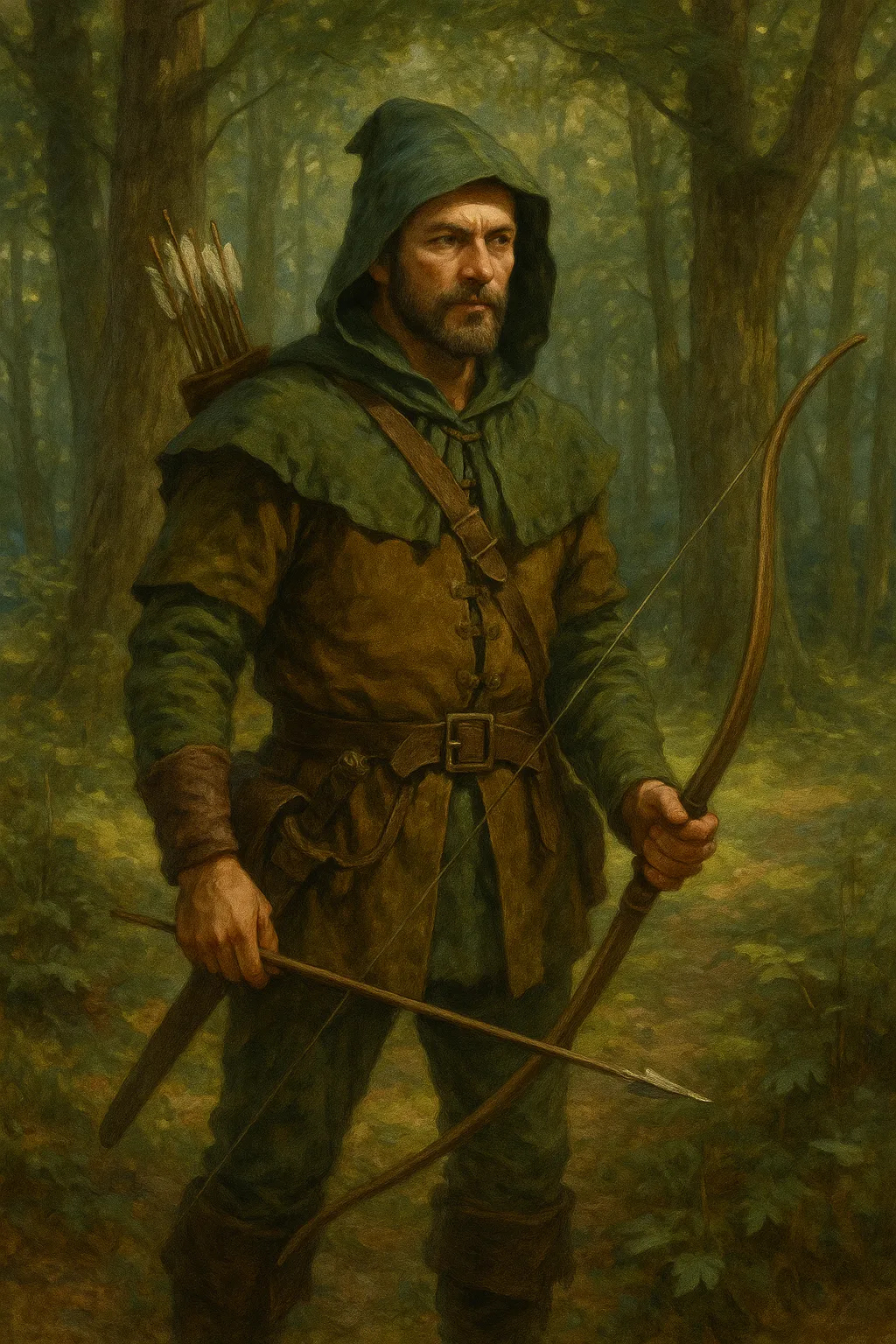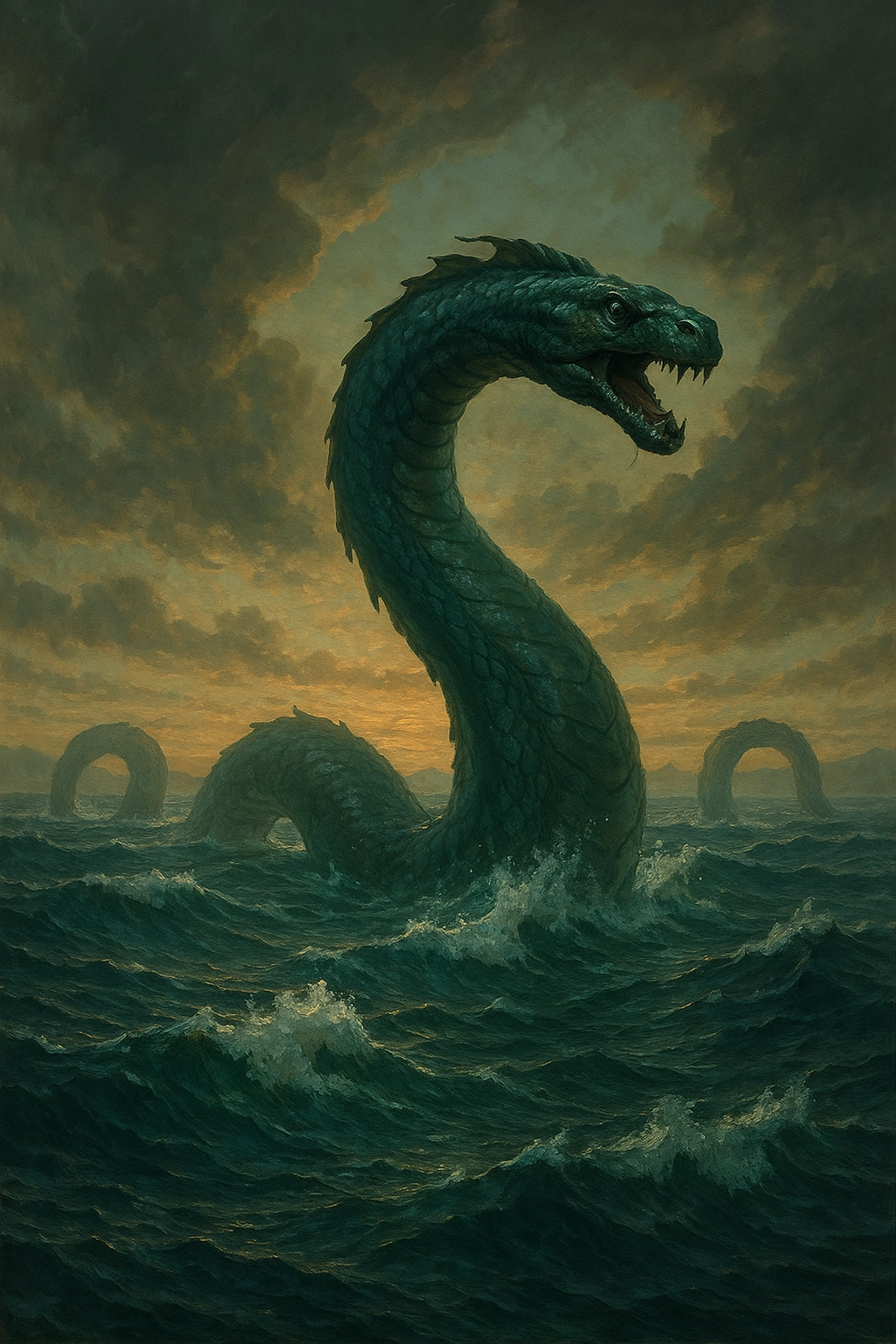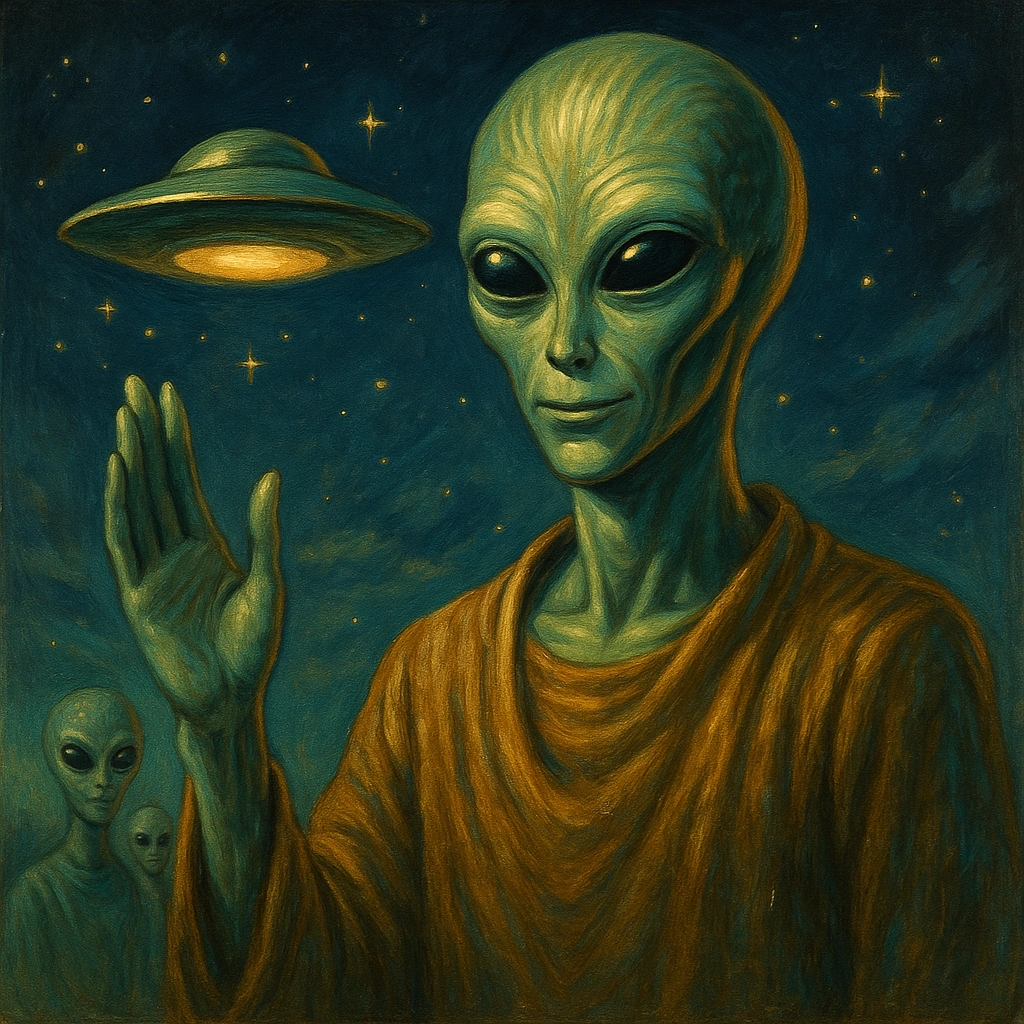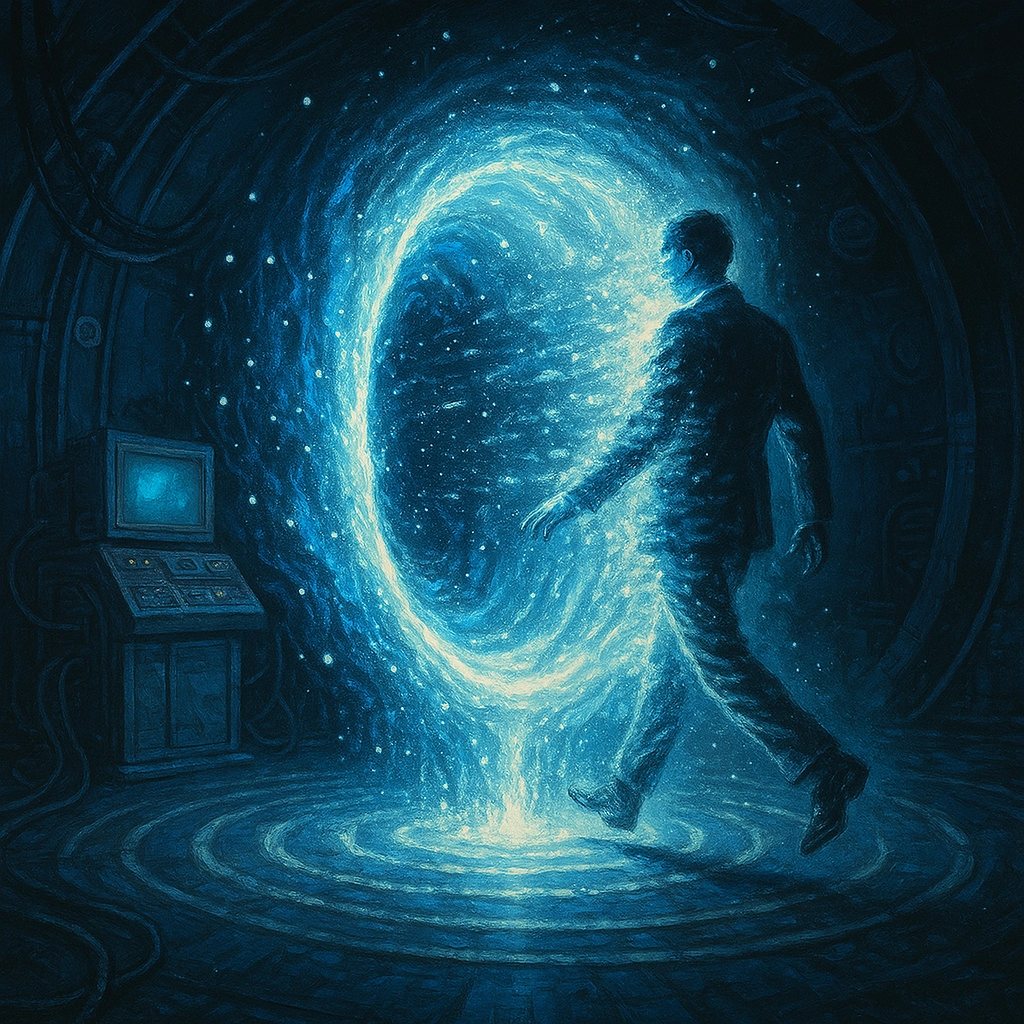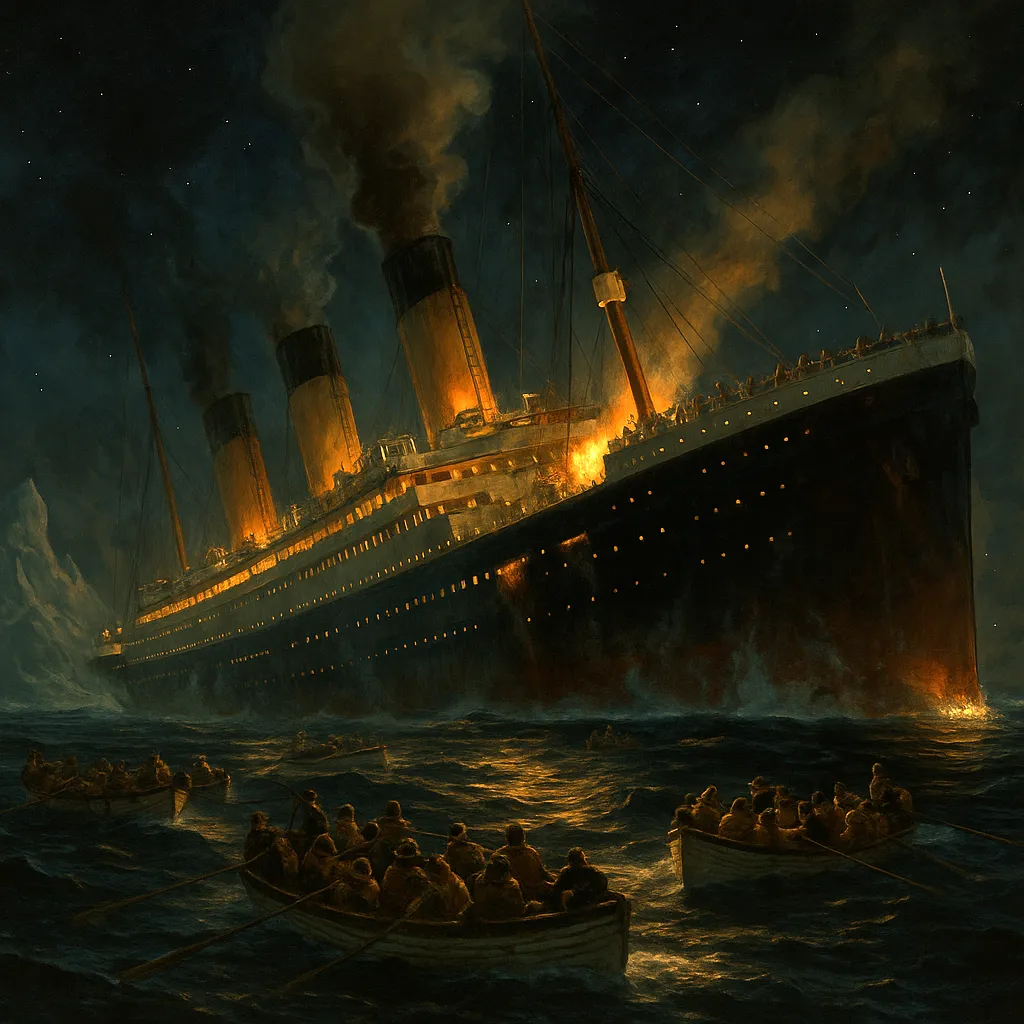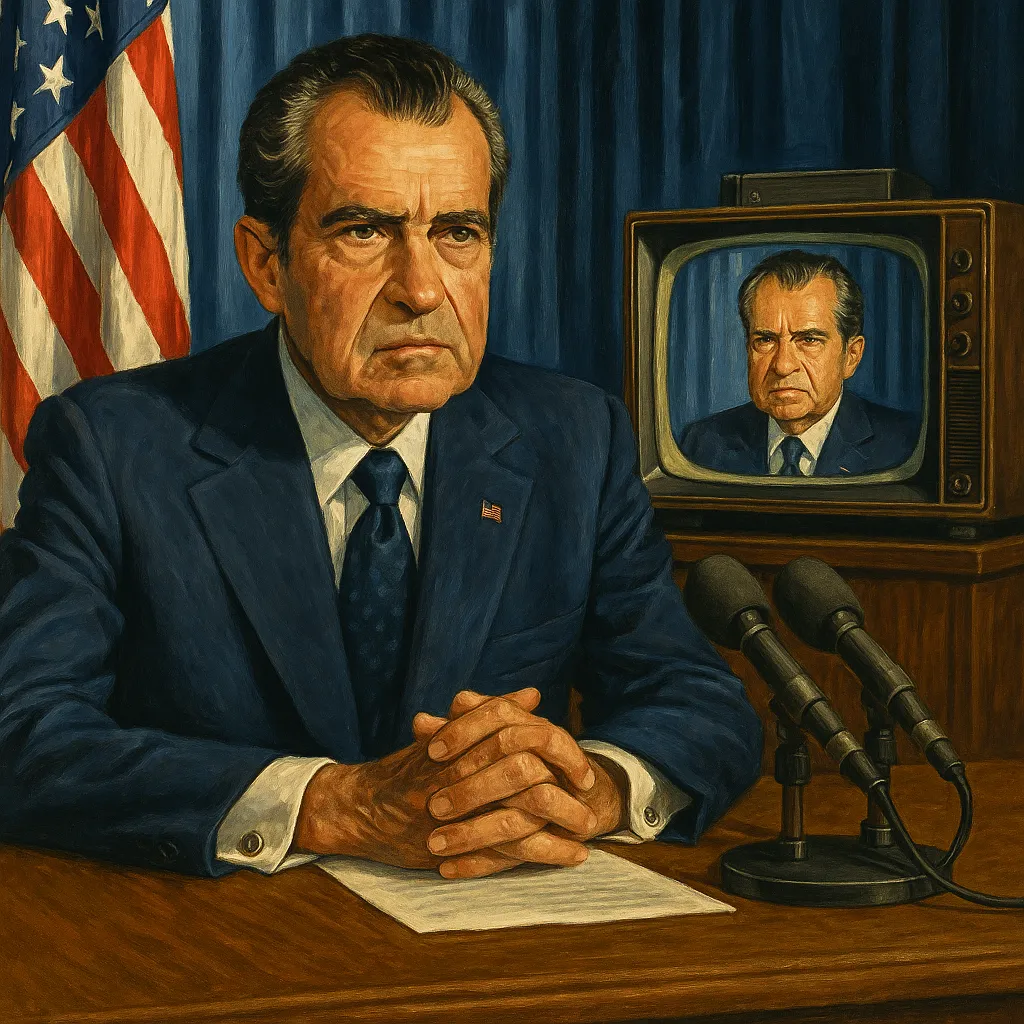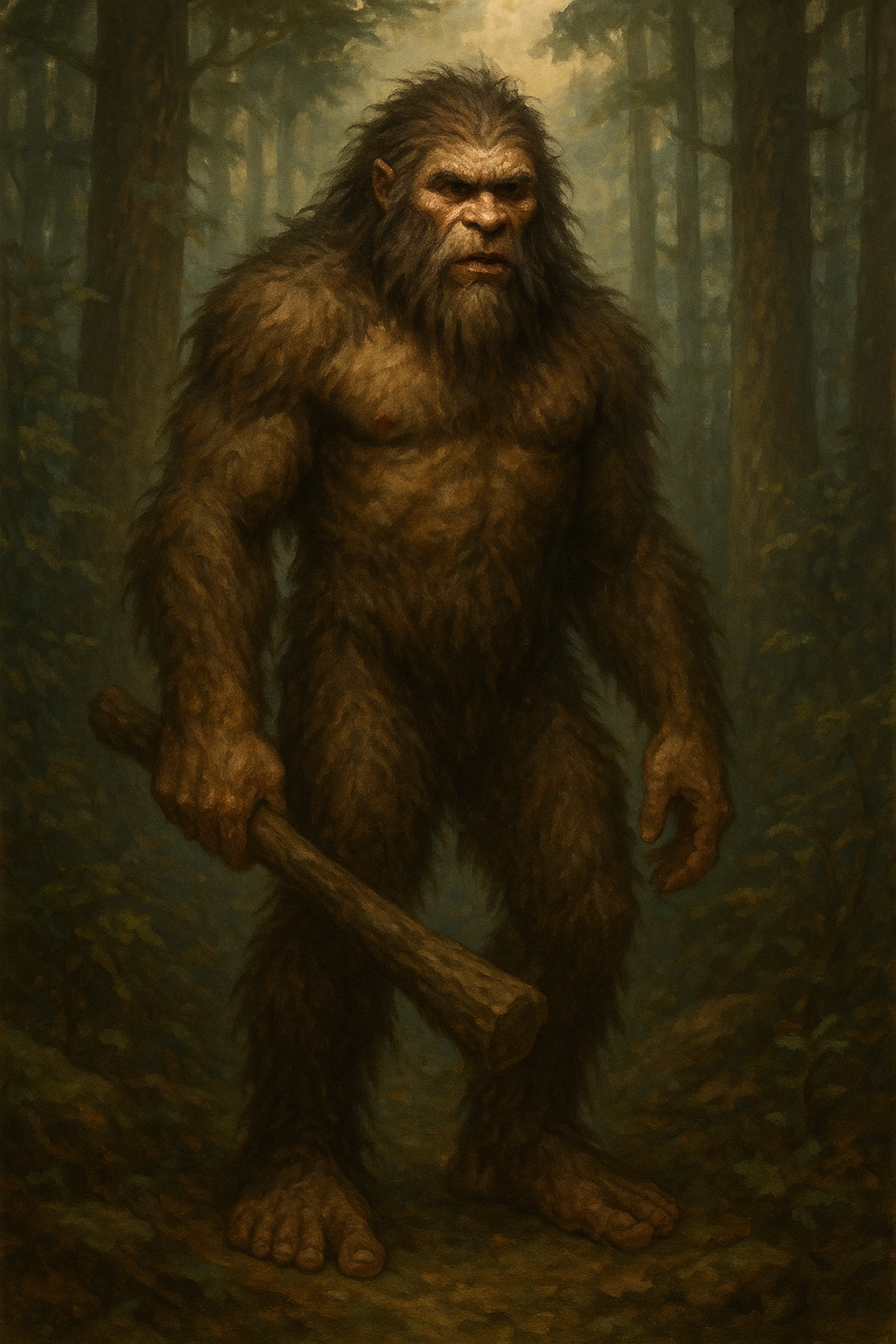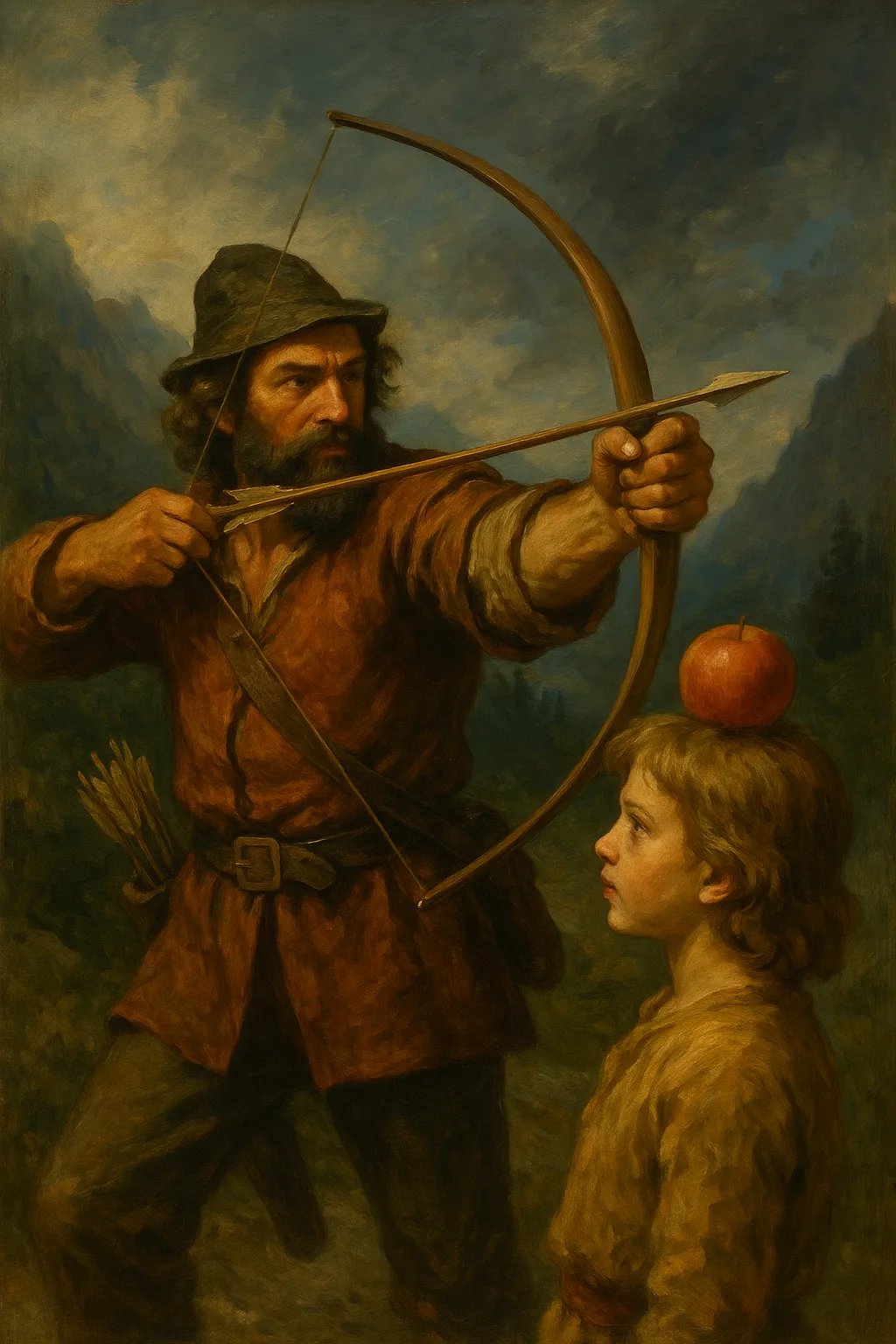Games Facts and Historical Curiosities
Cards
Calendar Symbolism
Playing cards have long been tied to the calendar. A standard deck contains 52 cards-mirroring the 52 weeks in a year. Each suit has 13 cards, reflecting the 13 weeks per season. The 4 suits themselves represent the 4 seasons.
Numerical Parallels
There are 12 court cards (Jack, Queen, King in each suit), aligning with the 12 months of the year. Red cards are often said to symbolize daytime, and black cards the night. If you assign values of 1 to 13 to the cards in each suit (Ace through King), and sum them:
1 + 2 + 3 + ... + 13 = 91
Then multiply by 4 suits: 91 x 4 = 364
Add 1 for the Joker and you get 365-matching the number of days in the year.
Letters in the Card Names
The total number of letters in all card names (one through ten, Jack, Queen, King) adds up to 52-again, one for each card in the deck.
Jokers and the Leap Year
Many decks include a second Joker, bringing the total to 366-matching a leap year. This numerical alignment has led many to believe that cards are more than just a game-they are a reflection of time itself.
Symbolic Origins
Some scholars suggest the four suits were historically symbolic:
Spades = Swords (military / nobility)
- Hearts = Church (clergy)
- Diamonds = Wealth (merchants)
- Clubs = Agriculture (peasants)
International Variations
Decks in other cultures have different suit symbols. German decks use acorns, leaves, hearts, and bells. Swiss decks use roses, shields, acorns, and bells. In India, traditional Ganjifa decks used circular cards and religious imagery.
Cards in Magic and Fortune
Playing cards are central to card tricks and sleight of hand-an entire field of performance art. They're also used in cartomancy, where cards are laid out to divine the future. The Joker, in particular, is often seen as a wildcard in both magic and mysticism.
The Oldest Known Deck
The oldest surviving European deck dates to the 15th century and was hand-painted for the upper class. Cards were originally luxury items, not mass-produced until woodblock printing became widespread.Ganjifa
Round Playing Cards of India
In India, traditional Ganjifa playing cards are circular and hand-painted-unlike the rectangular Western standard.
Dashavatara Ganjifa
This version is typically played by three players using 120 cards. It is most popular in Sawantwadi, Maharashtra, though a five-player version exists in Bishnupur, West Bengal.
Ten Avatars of Vishnu
The 120 cards are divided into 10 suits of 12 cards each. Each suit corresponds to one of the ten avatars of the Hindu god Vishnu, giving the game both artistic and spiritual significance.Chess
Origins and Growth
Chess originated in India around the 6th century and evolved through Persia and the Islamic world before reaching Europe. By the 15th century, the modern rules began taking shape in Spain and Italy.
Mathematical Complexity
There are more possible variations in a chess game than atoms in the observable universe. Estimates place the number of unique chess games at 10^120. The longest legal game theoretically possible is 5949 moves.
Historic Milestones
The first alternating light and dark square boards appeared in Europe around 1090. In 1280, Spain introduced the pawn's ability to move two squares forward on its first move. The folding chessboard was invented by a priest who disguised it as a pair of books to avoid Church disapproval.
Famous Matches and Players
The longest official match was 269 moves between Nikolic and Arsovic in 1989, ending in a draw. Emanuel Lasker held the World Champion title for 26 years. Garry Kasparov became the youngest World Champion at age 22 in 1985. Frank Marshall was the first American to defeat a Soviet player internationally, in 1924.
Records and Trivia
The phrase "checkmate" comes from the Persian "Shah Mat" meaning "the king is dead." There are eight known ways to achieve a two-move checkmate, and 355 unique three-move mates. The record for moves without a capture is 100. The number of possible knight's tours exceeds 122 million.
Computers and Chess
In 1988, the program DEEP THOUGHT became the first computer to beat an international grandmaster. Today, powerful chess engines regularly outperform the majority of human players.
Openings and Strategy
There are over 1000 recognized openings and variations. From the aggressive King's Gambit to the solid Caro-Kann Defense, each has its own strategy and depth.
Notable Curiosities
Canadian player James Macleod holds the record for the worst professional tournament performance, losing 31 games in New York in 1889. Roger Sharpe once defended the legitimacy of pinball and chess as skill-based games by demonstrating precise control in front of officials during a legal dispute.Mah-jongg
Mah-jongg is a traditional Chinese game of strategy, skill, and memory, played with a distinctive set of tiles. Though often seen as a casual pastime, it carries a long and layered history.
Origins and History
The game's true beginnings are debated-some believe Mah-jongg originated around 500 BC with Confucius, while others credit military officers in 19th-century China. Its roots may also lie in even older tile-based games that evolved over centuries.
Game Structure
A standard Mah-jongg set contains 144 tiles, featuring suits of bamboo, circles, and Chinese characters. The tiles also include winds, dragons, flowers, and seasonal symbols. The goal is to form winning combinations through drawing and discarding tiles.
Rise, Fall, and Revival
Due to its association with gambling, Mah-jongg was banned in China between 1949 and 1985. Despite this, the game spread globally-first reaching the West in the late 1800s, and becoming especially popular in North America by the 1920s.
Competitive Play
Mah-jongg is typically played by four people, although variations exist for two to five players. The first official World Championship was held in 2002 in Japan, won by Mai Hatsune. Since then, competitive play has grown internationally.
Legacy
Mah-jongg has influenced other popular games-Gin and Canasta are considered descendants of the original. Its blend of logic, luck, and pattern recognition continues to engage players across generations.Marbles
Once known as "small bowls," marbles were a cherished pastime of early American figures like George Washington, Thomas Jefferson, and John Adams. Though now associated with childhood, marbles were once enjoyed equally by adults.
Ancient Origins
Marbles are among the oldest games in human history, with examples dating back thousands of years to Ancient Egypt and Rome. Early versions were made from clay, stone, or other natural materials.
Industrial Popularity
By the 1800s, marbles became commercially viable, mass-produced for sale as toys and collectibles. Factories began churning out colorful glass versions that captivated both children and collectors.
How They're Made
Modern marbles are often created from melted, recycled glass. The liquid is dropped onto rotating rollers, where it forms perfectly rounded spheres as it cools. While glass is the most common material today, marbles have also been made from ceramic, plastic, steel, and clay.
The Name
The term "marble" is thought to come from the polished stone that some early marbles were made of, though the name has since extended to glass and other synthetic versions.Monopoly
Origin
Charles Darrow of Philadelphia developed Monopoly in 1933 and sold it to Parker Brothers in 1935. Elizabeth Magie had previously patented a similar game called "The Landlord's Game" in 1903.
Design
Darrow's original version used oilcloth for the board, handwritten cards, and wooden scraps for houses and hotels. The first metal tokens were inspired by charms from his nieces' bracelets.
Statistics
There are 40 spaces on the board, 28 properties, 32 houses, and 12 hotels. Illinois Avenue is the most commonly landed-on space. The total amount of money in a standard set is $20,580.
Popularity
Within a year of its release, 35,000 copies were being produced each week. Today, Monopoly is sold in over 100 countries and printed in more than 35 languages.
Tournaments
The first Monopoly World Championship was held in 1973. One of the most notable champions was Bjorn Halvard Knappskog of Norway, who won in 2009.
Trivia
To speed up gameplay, a Speed Die was added in 2008. The most expensive Monopoly set ever created was made of gold and diamonds, valued at $2 million.Pinball
Outlaw Status
In the early 1940s, New York City mayor Fiorello La Guardia banned pinball, calling it a game of chance and labeling machines as gambling devices. Confiscated machines were destroyed with sledgehammers and dumped into rivers.
Early Development
The origins trace back to bagatelle, an 18th-century game using cue sticks and pins. In 1871, Montague Redgrave patented the "ball shooter," a spring-loaded plunger still used today.
Electromechanical Era
In the 1930s, pinball became coin-operated and electric. Pacific Amusements' "Contact" machine in 1933 introduced features like electric bells and solenoids.
Legal Turning Point
Pinball remained banned in many U.S. cities until 1976, when player Roger Sharpe demonstrated its skill-based nature before the New York City Council, helping overturn the ban.
Modernization
In 1947, flippers were introduced with Gottlieb's "Humpty Dumpty," transforming gameplay. In 1991, "The Addams Family" machine became the best-selling pinball game in history.
Digital Shift
By 1999, Pinball 2000 combined traditional gameplay with holographic projections. Stern Pinball, founded in 1999, remains one of the last major manufacturers as of 2010.





